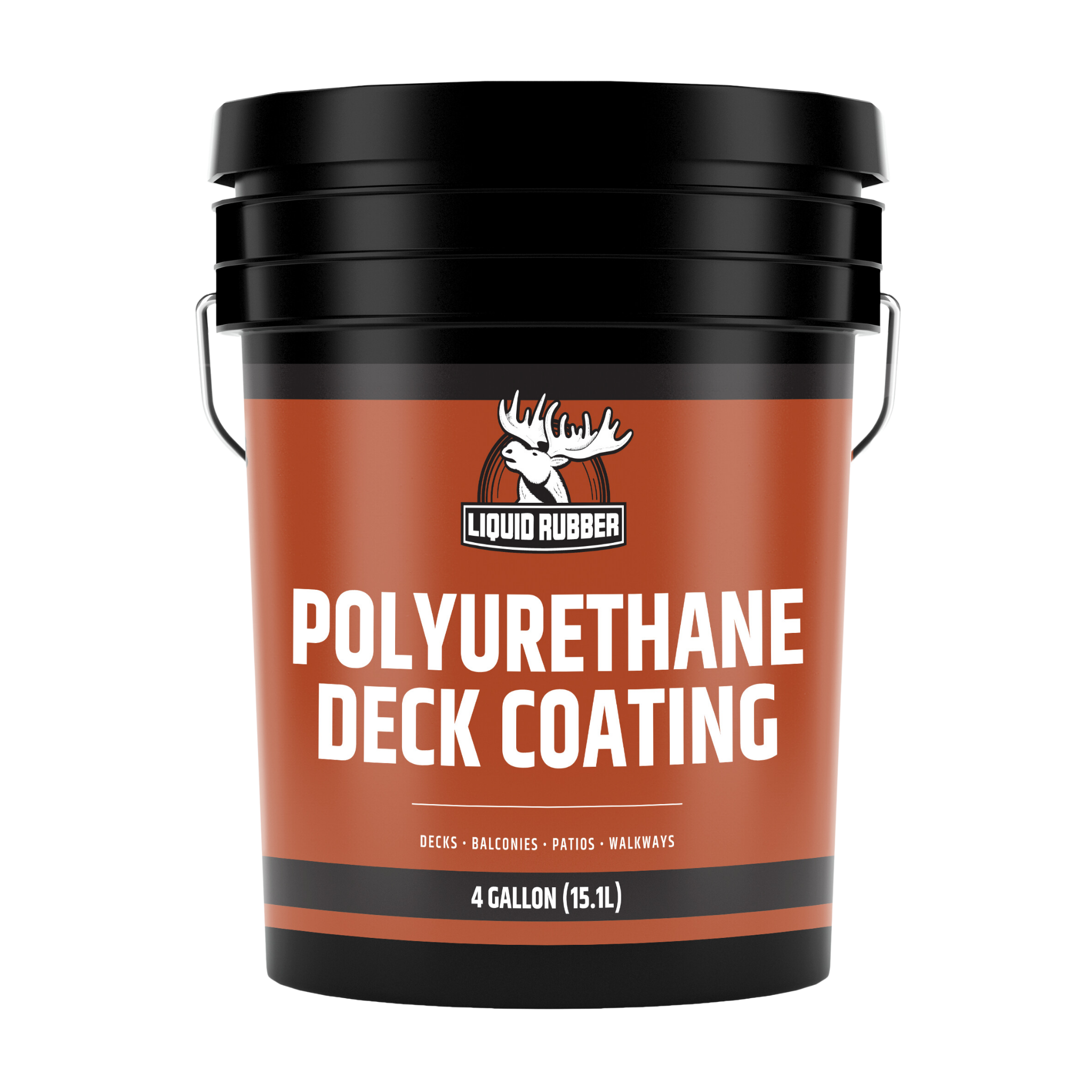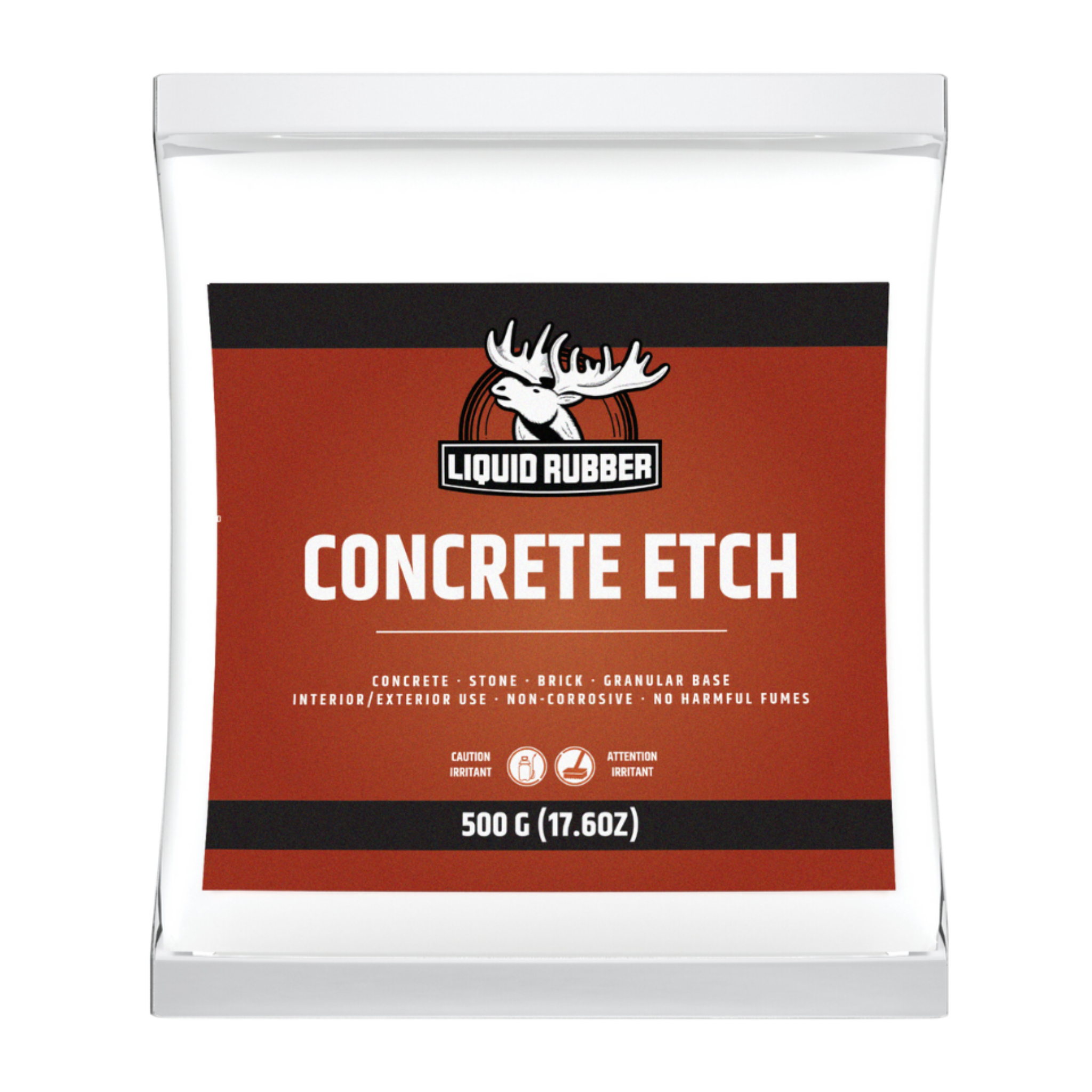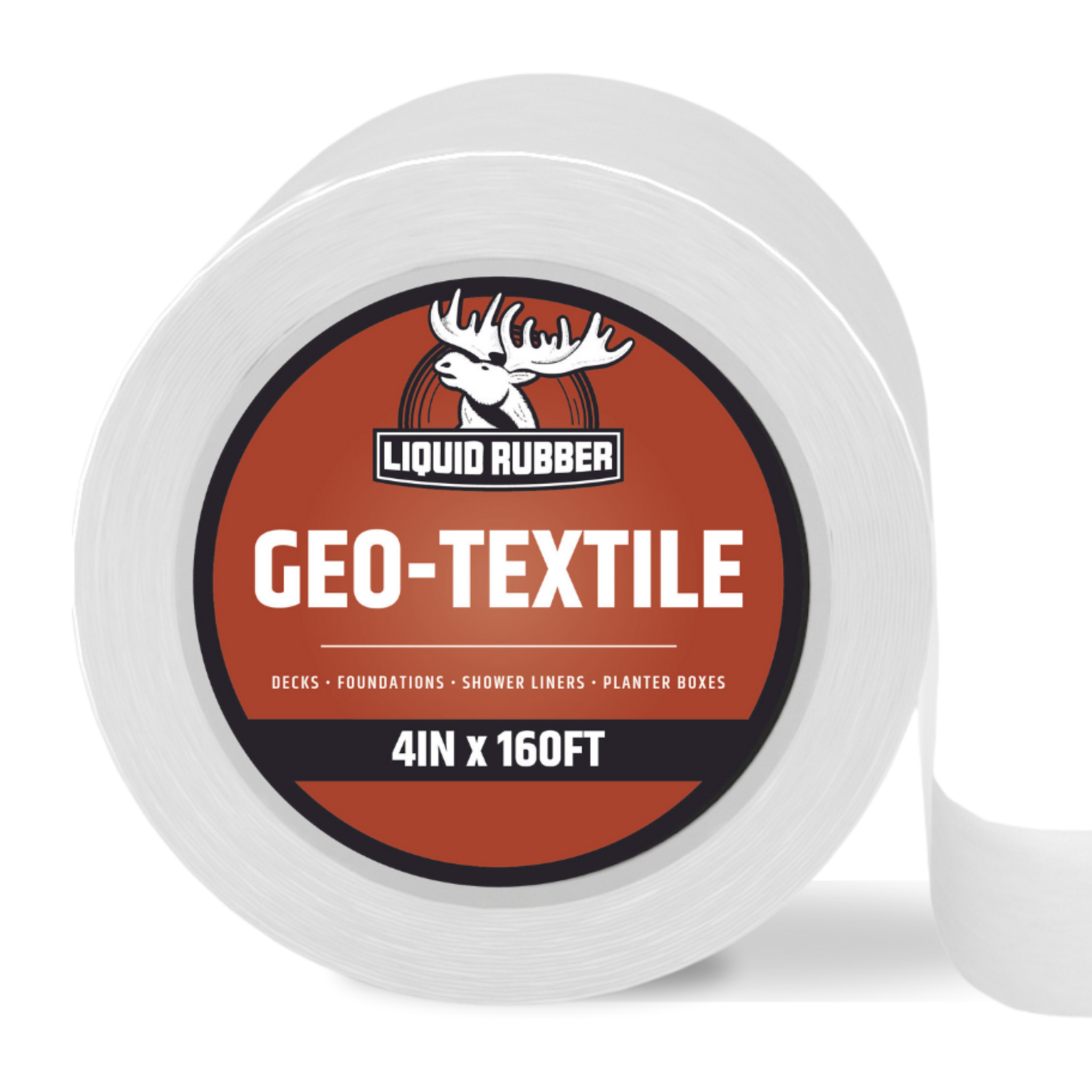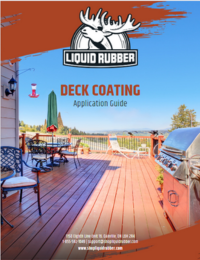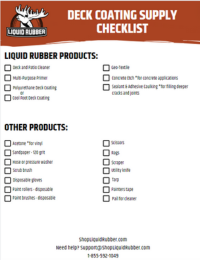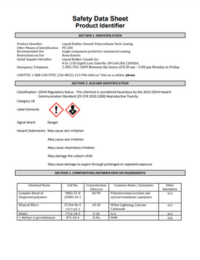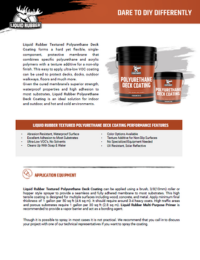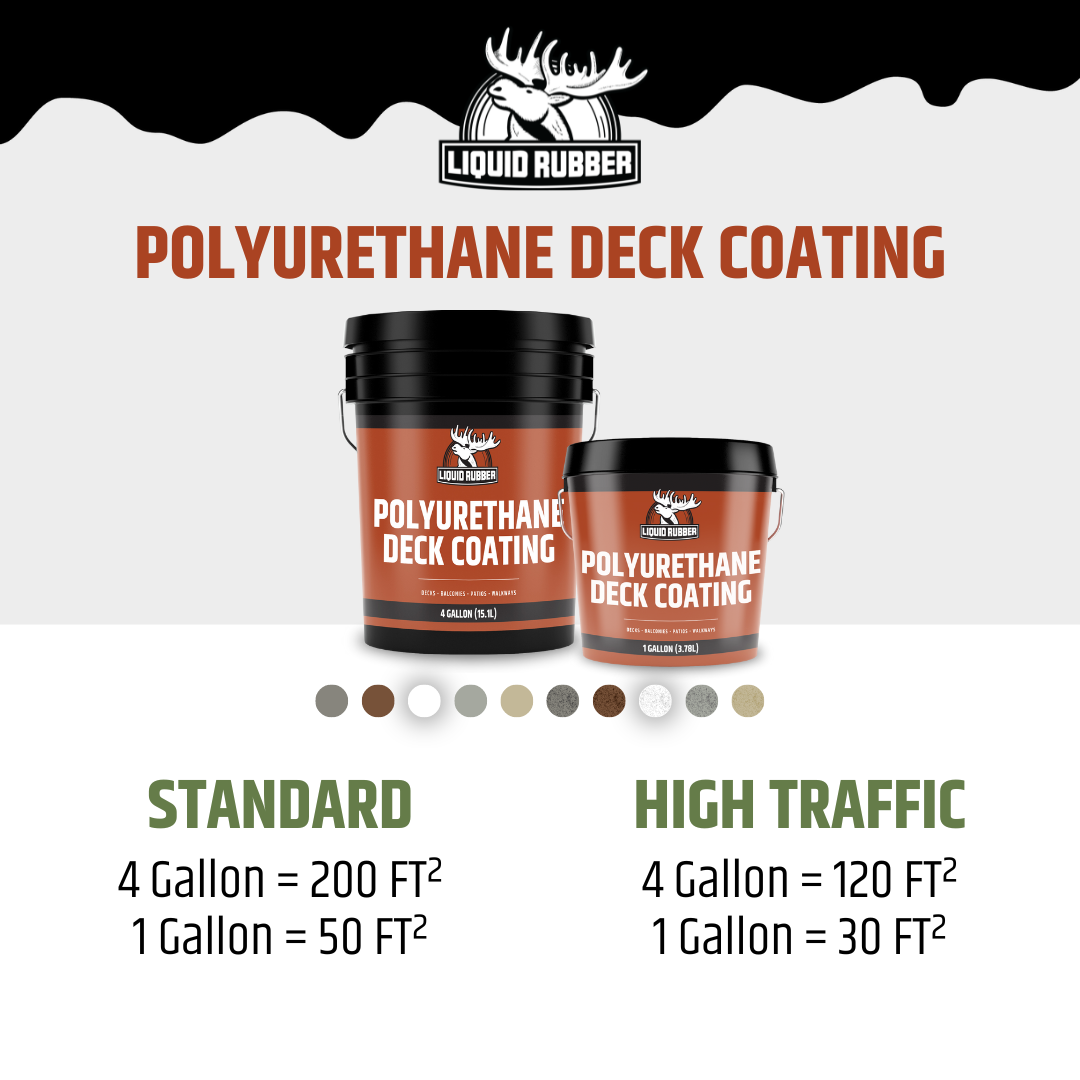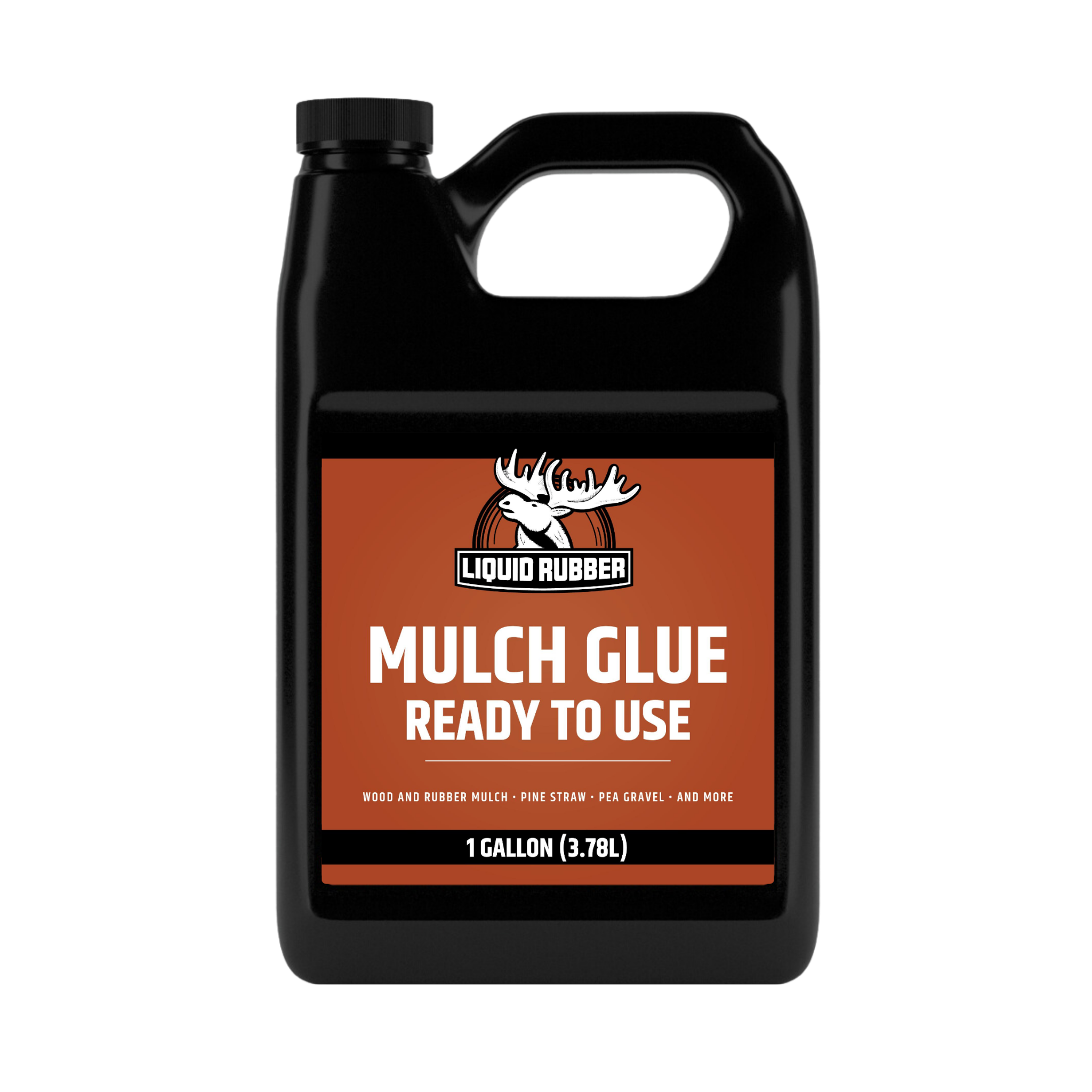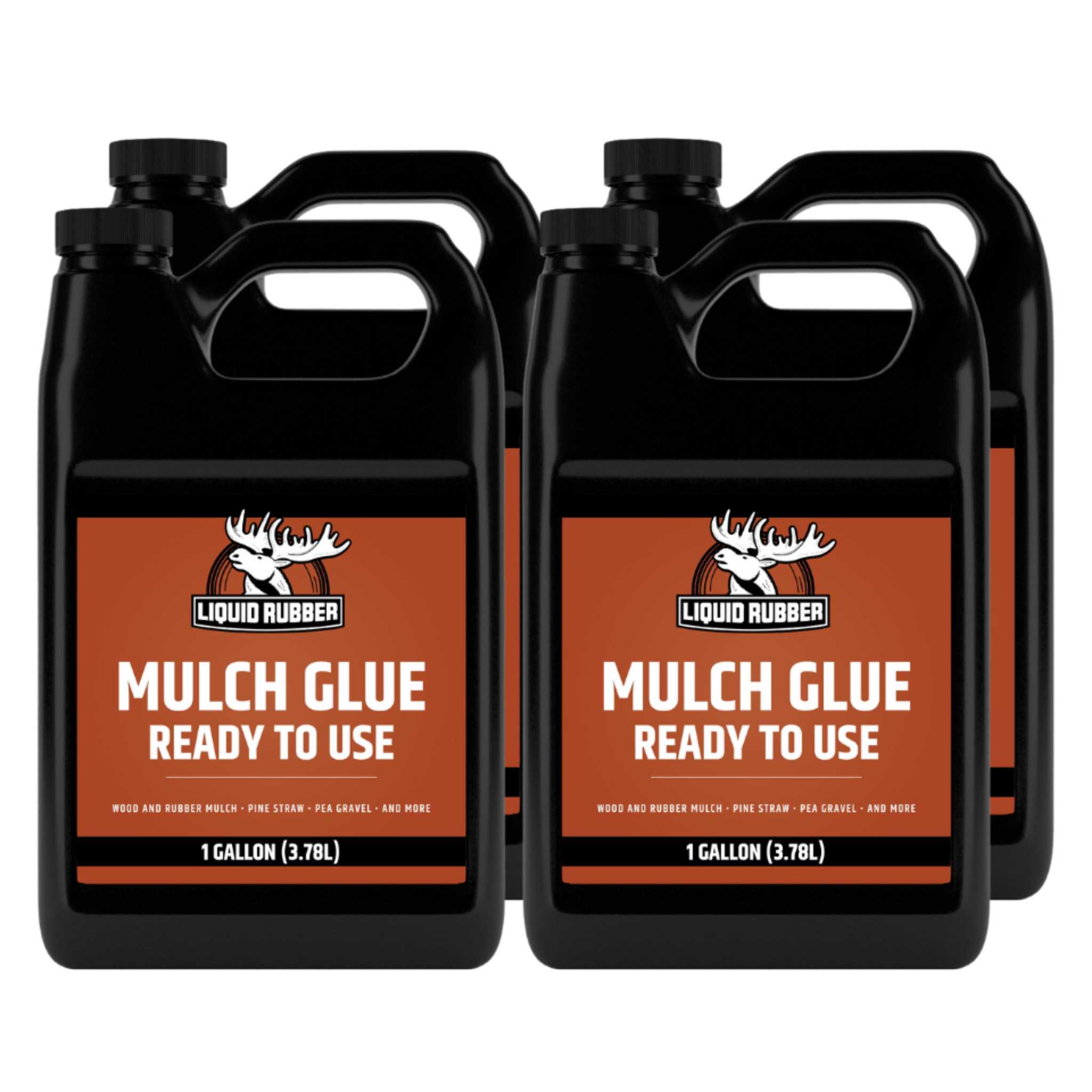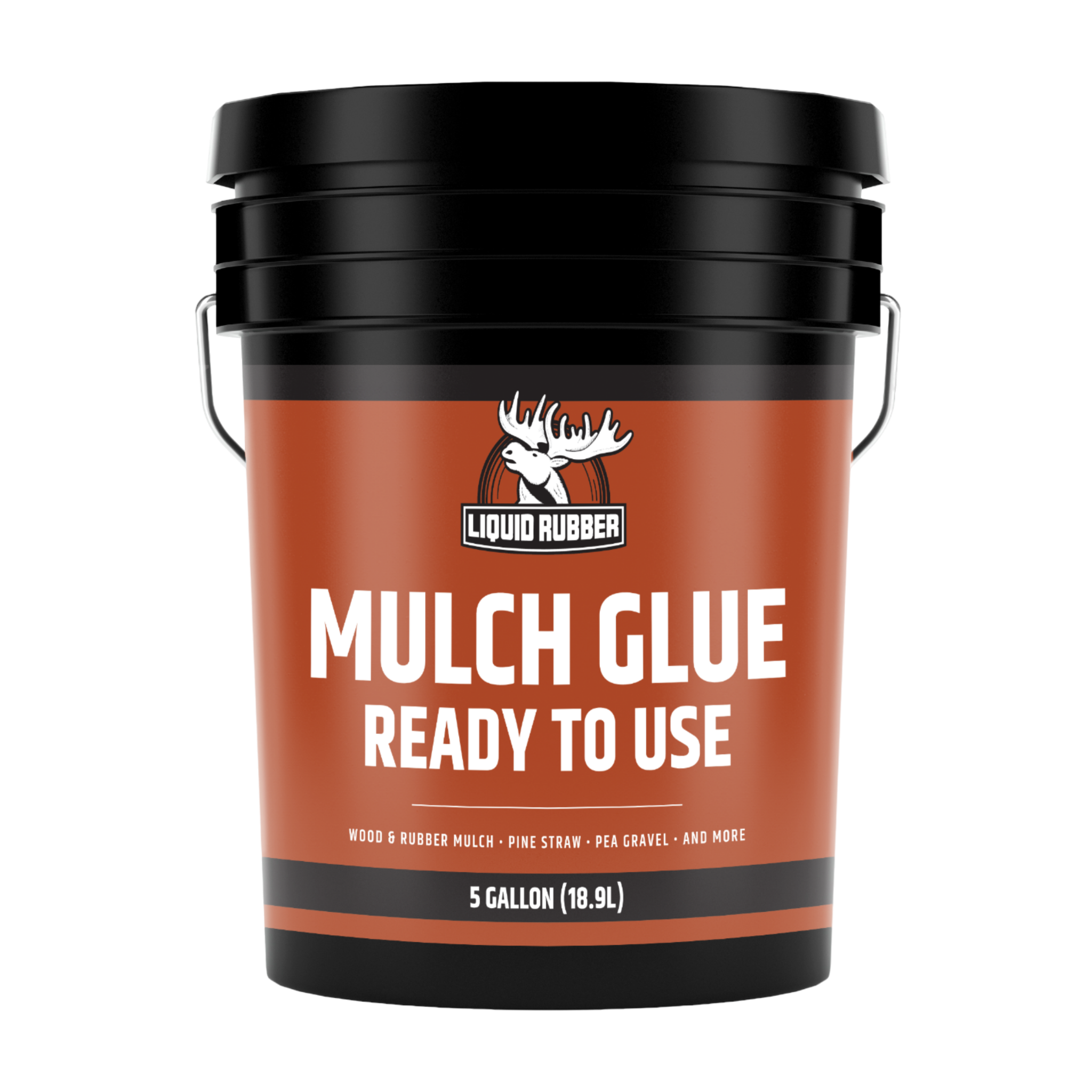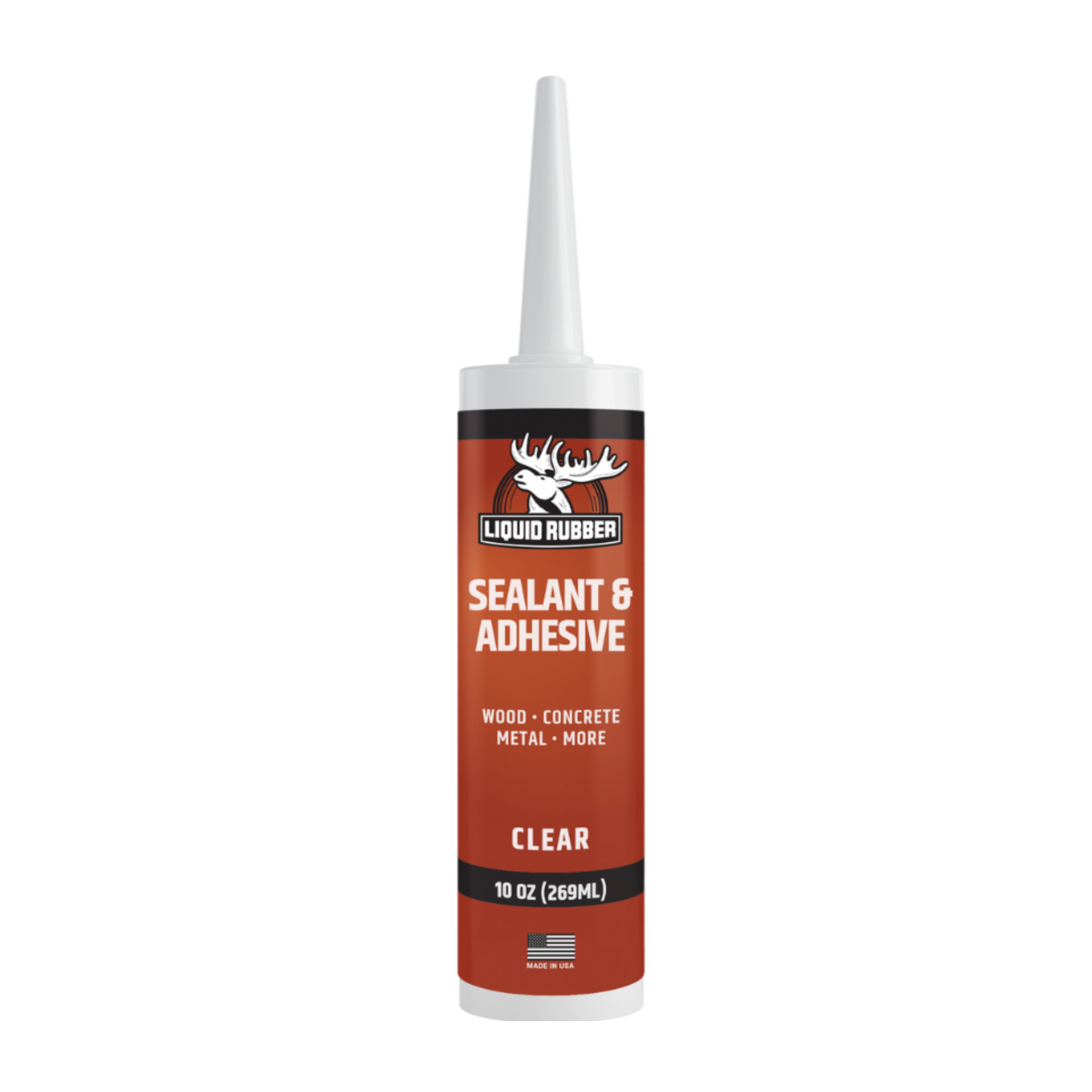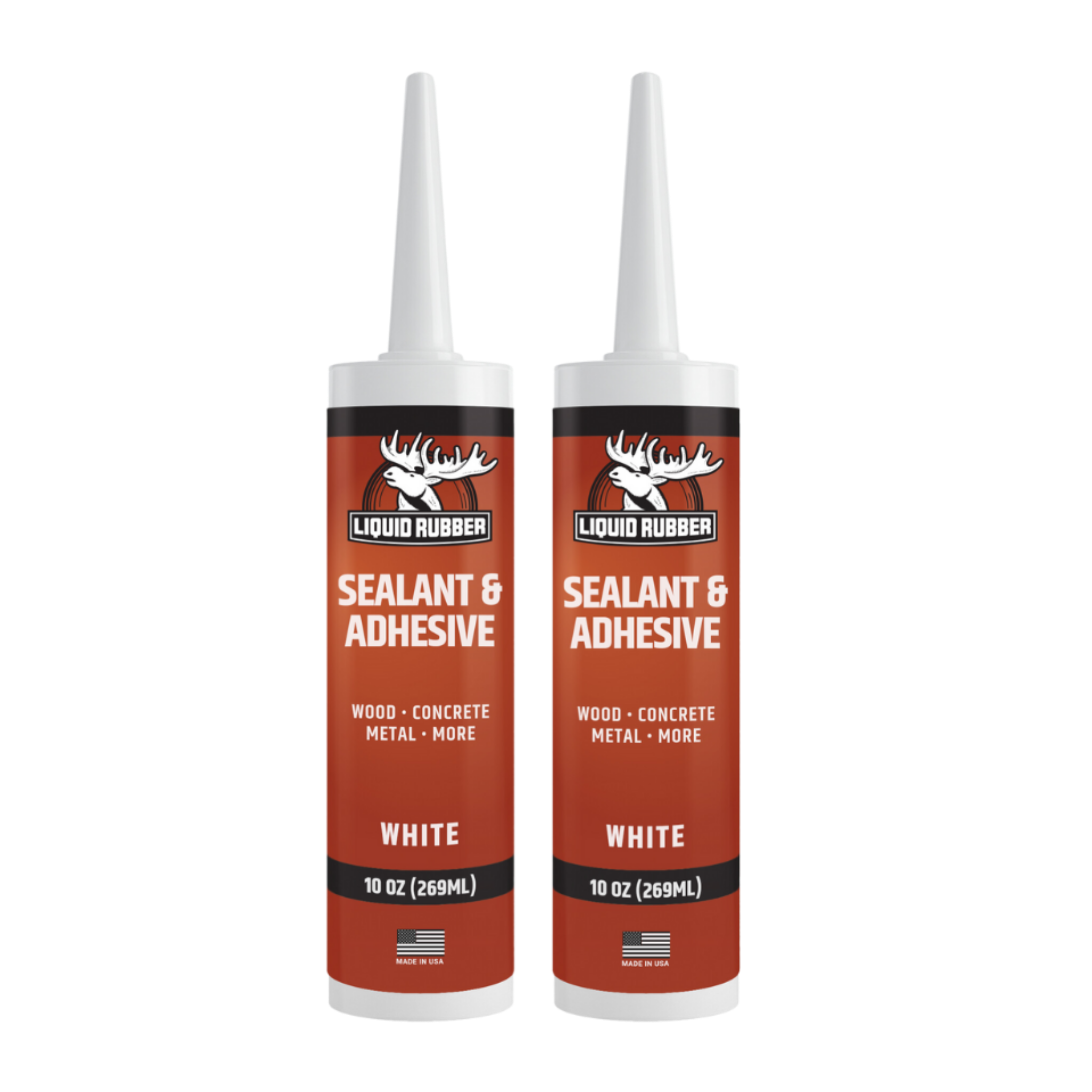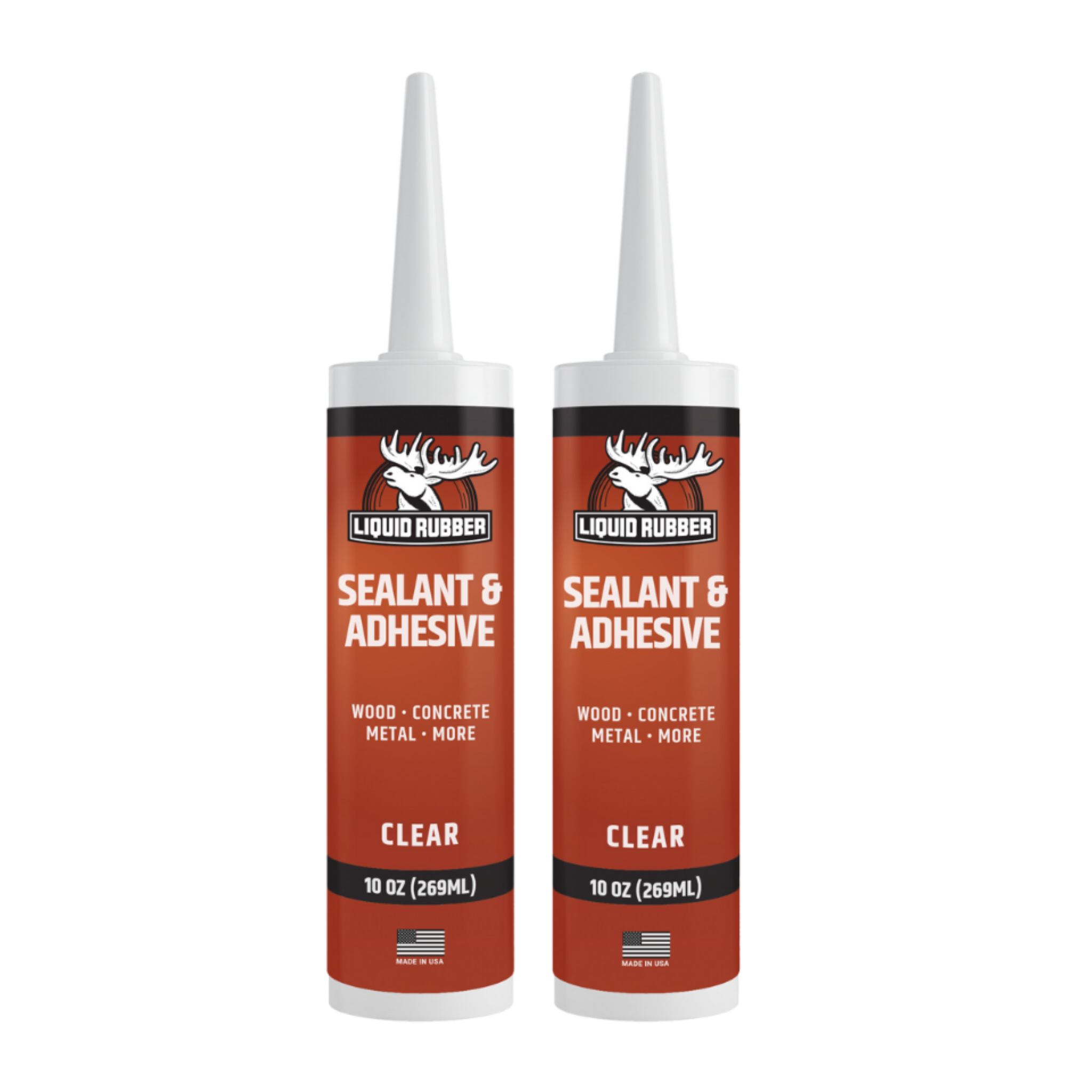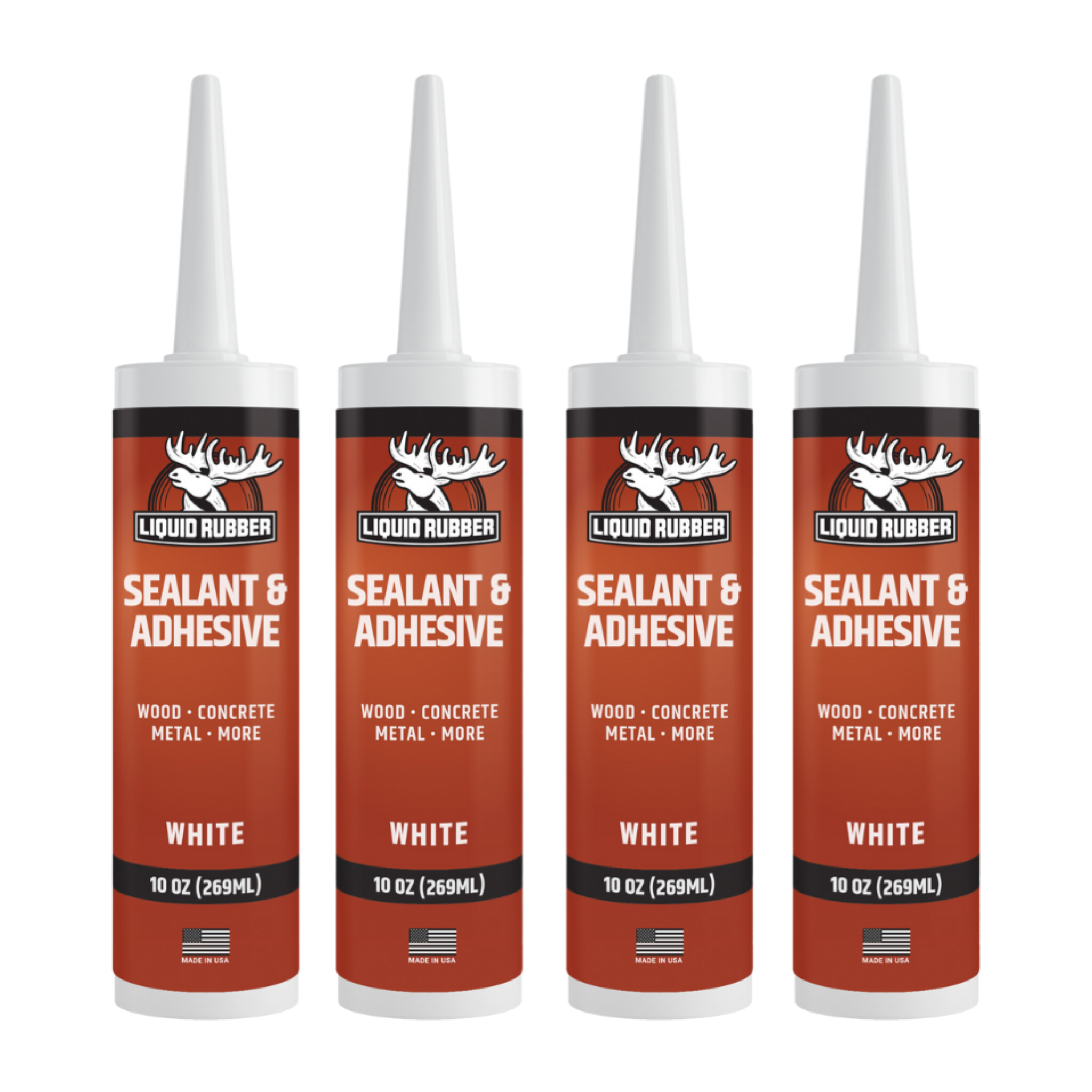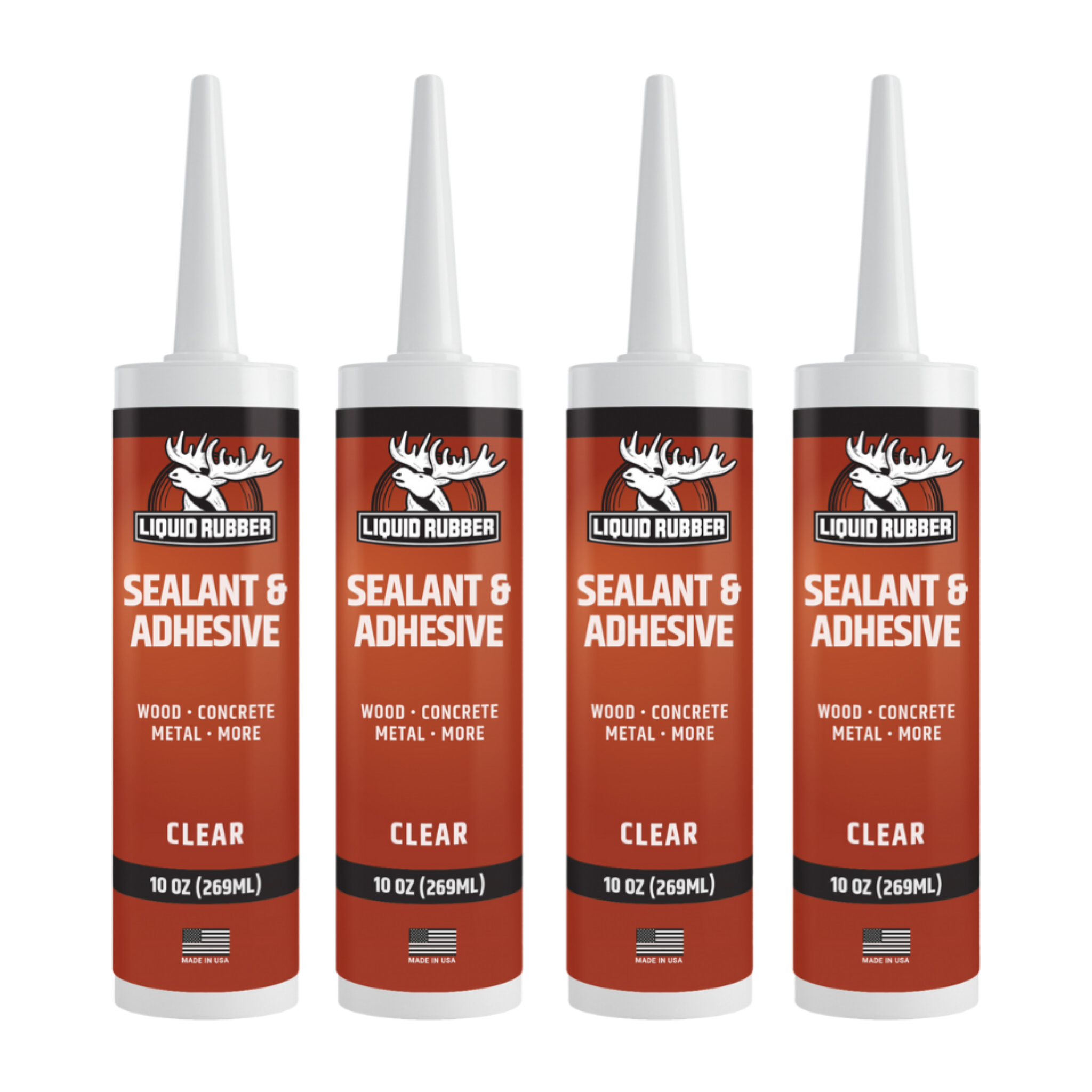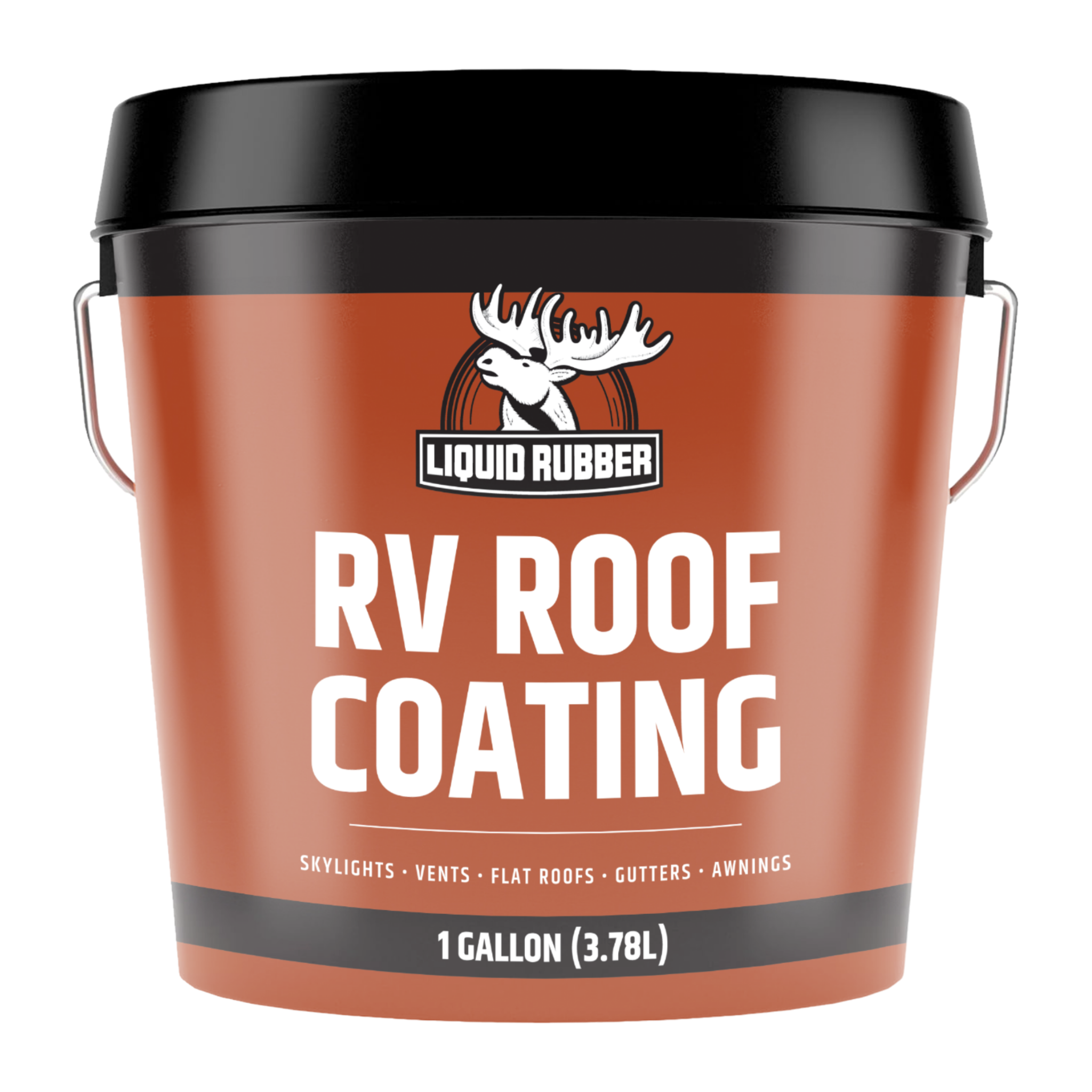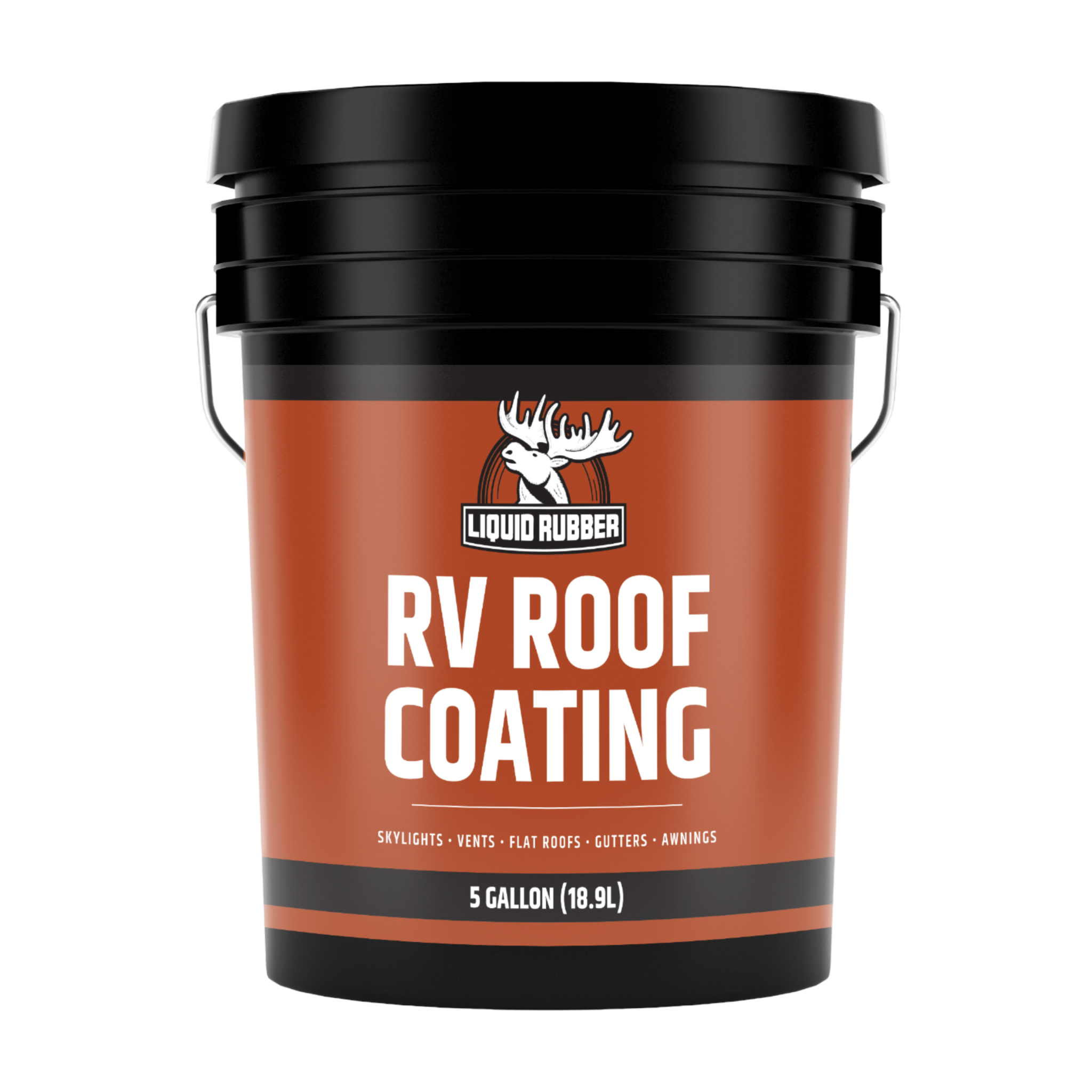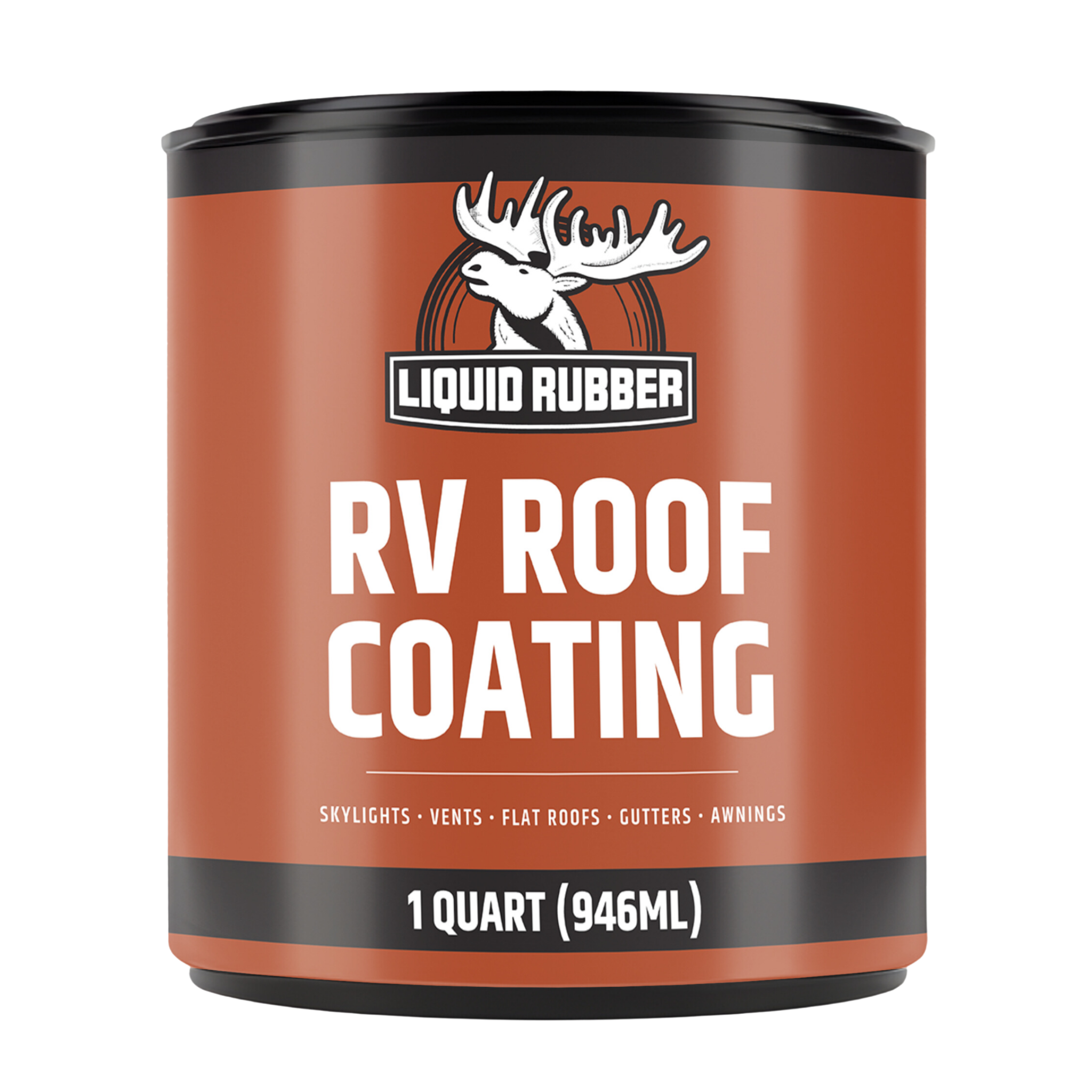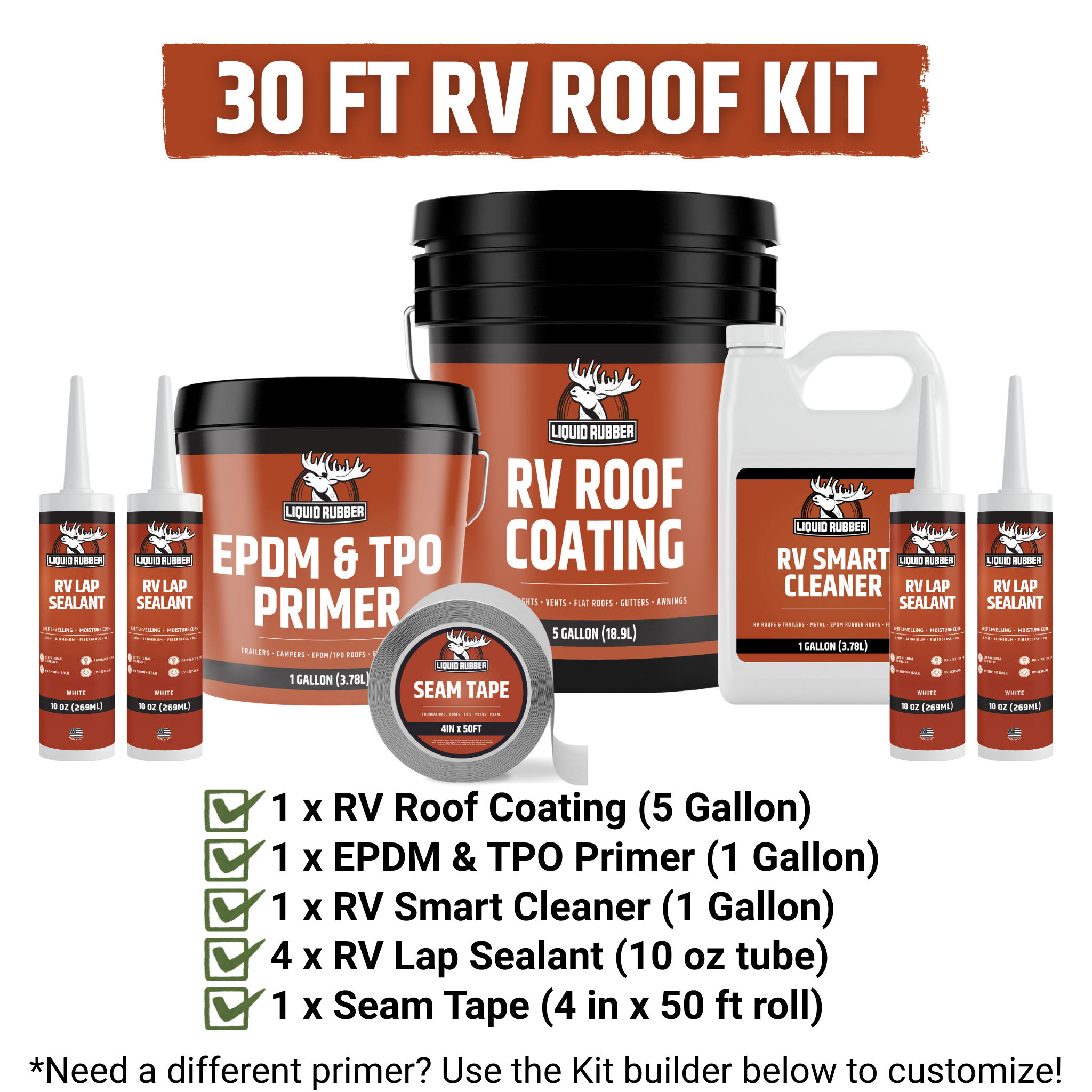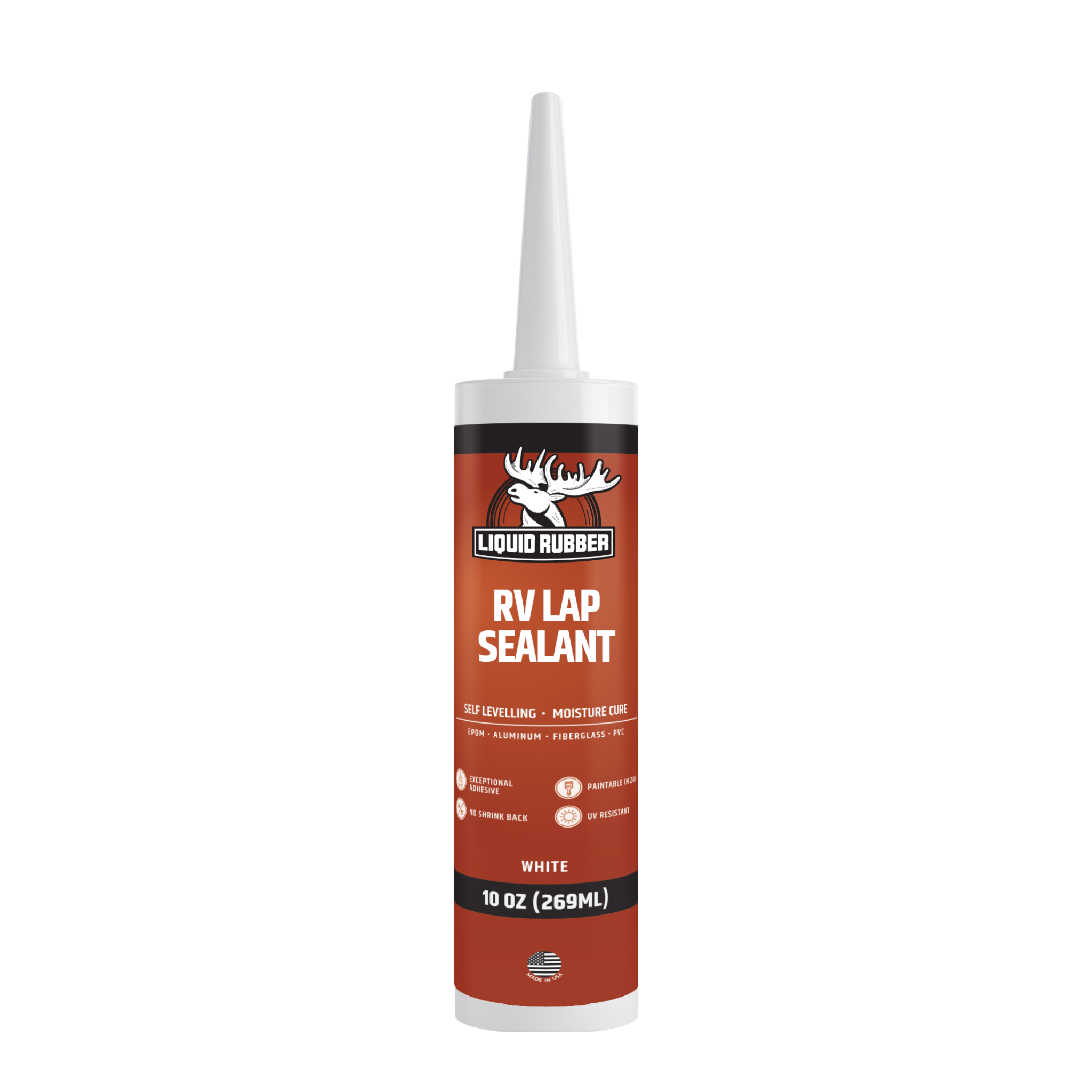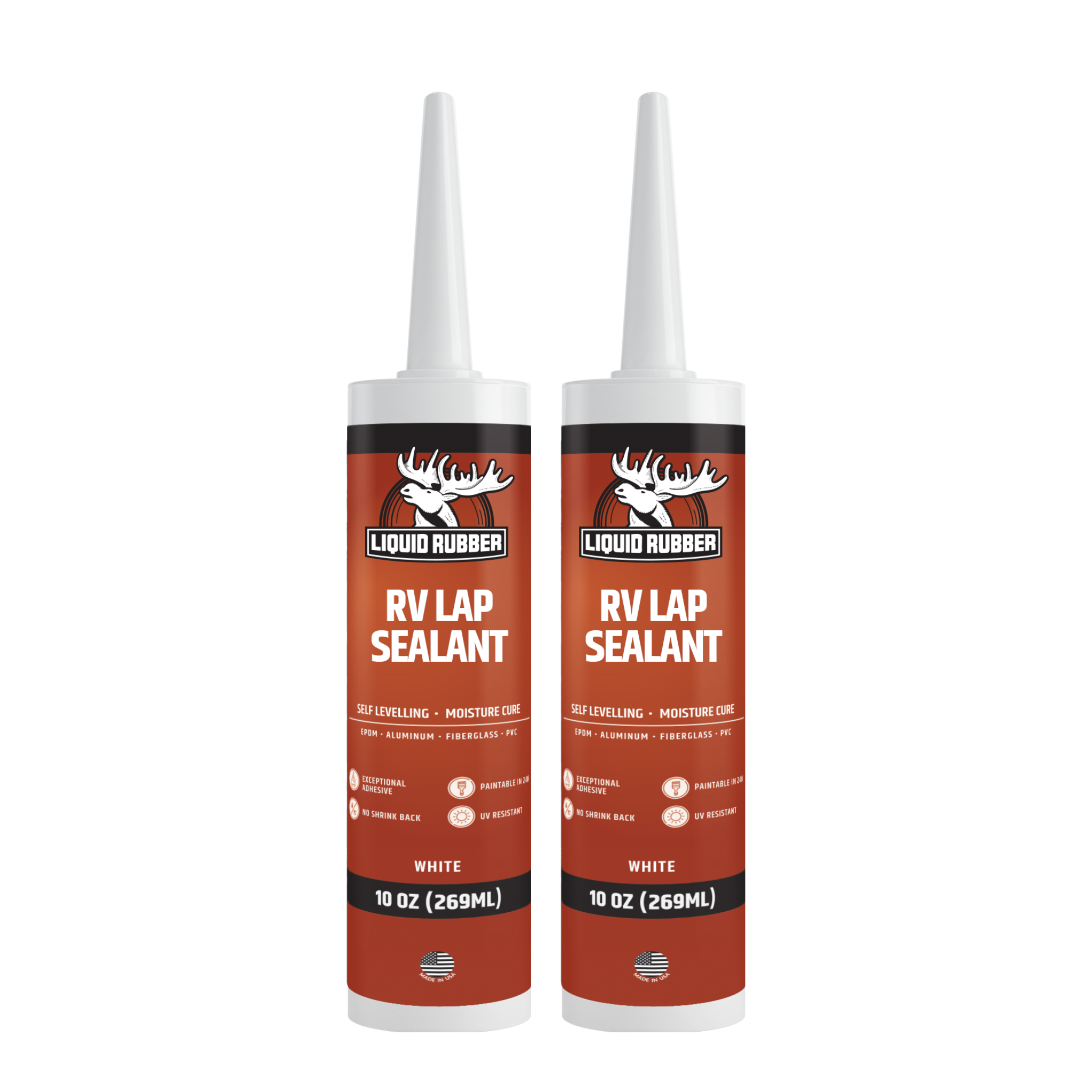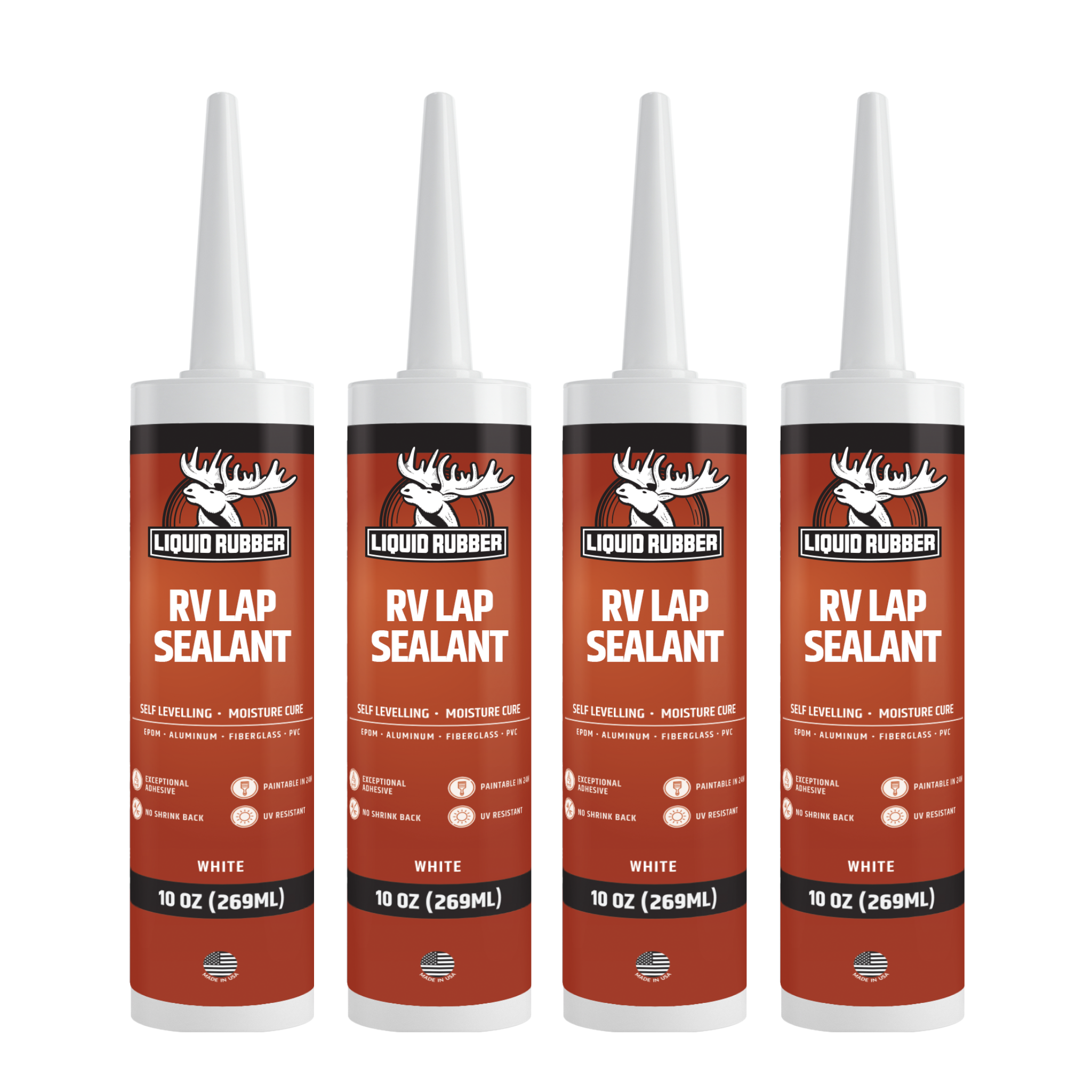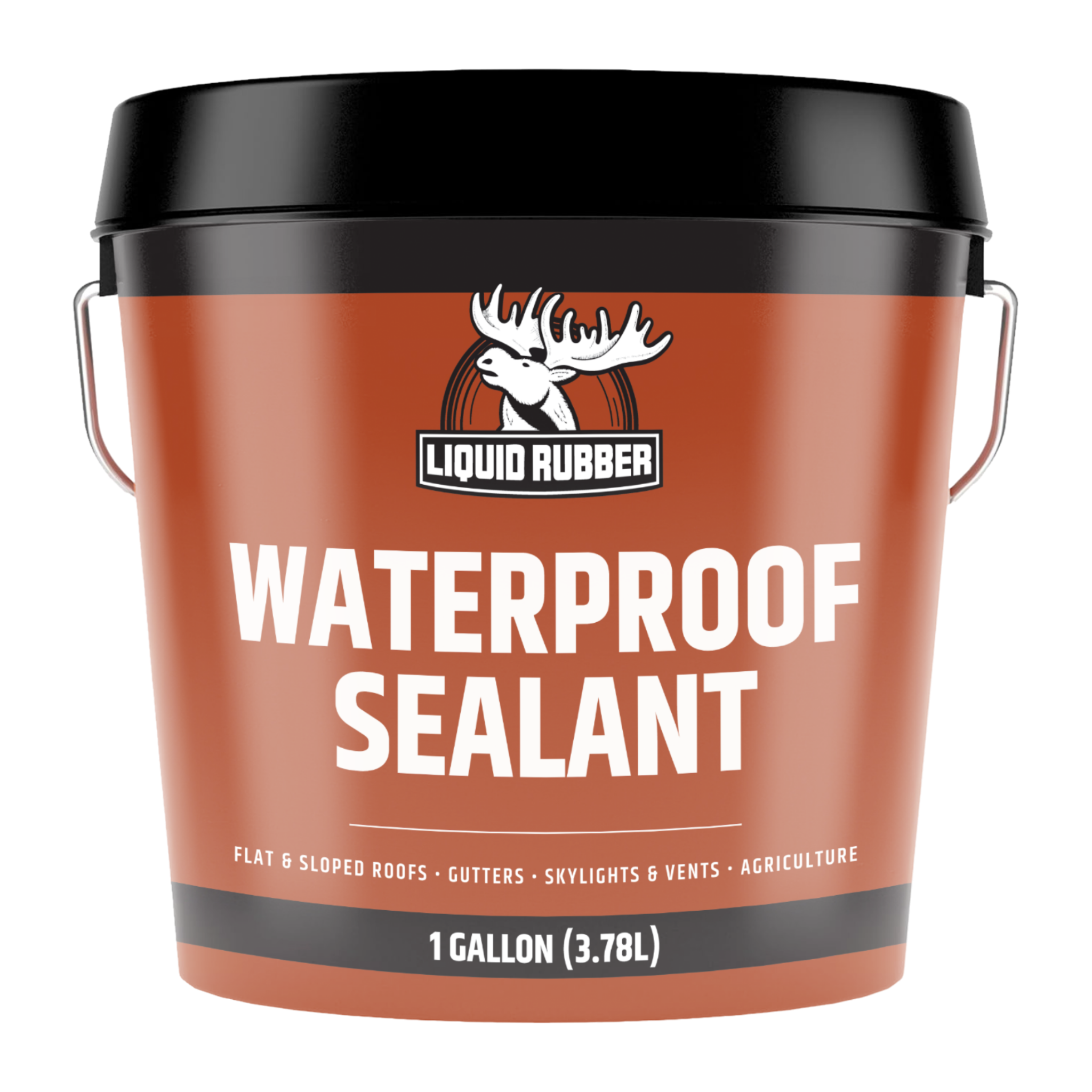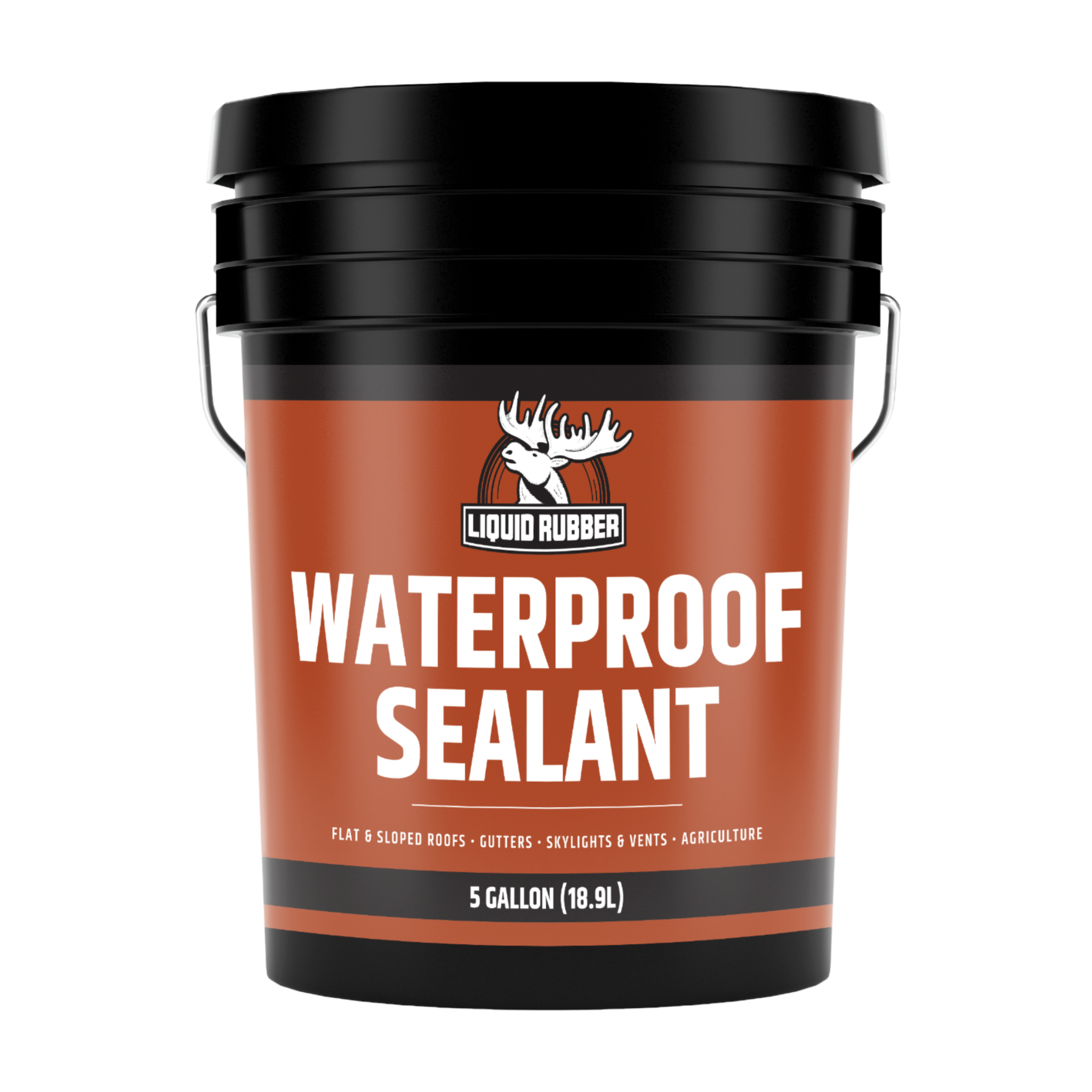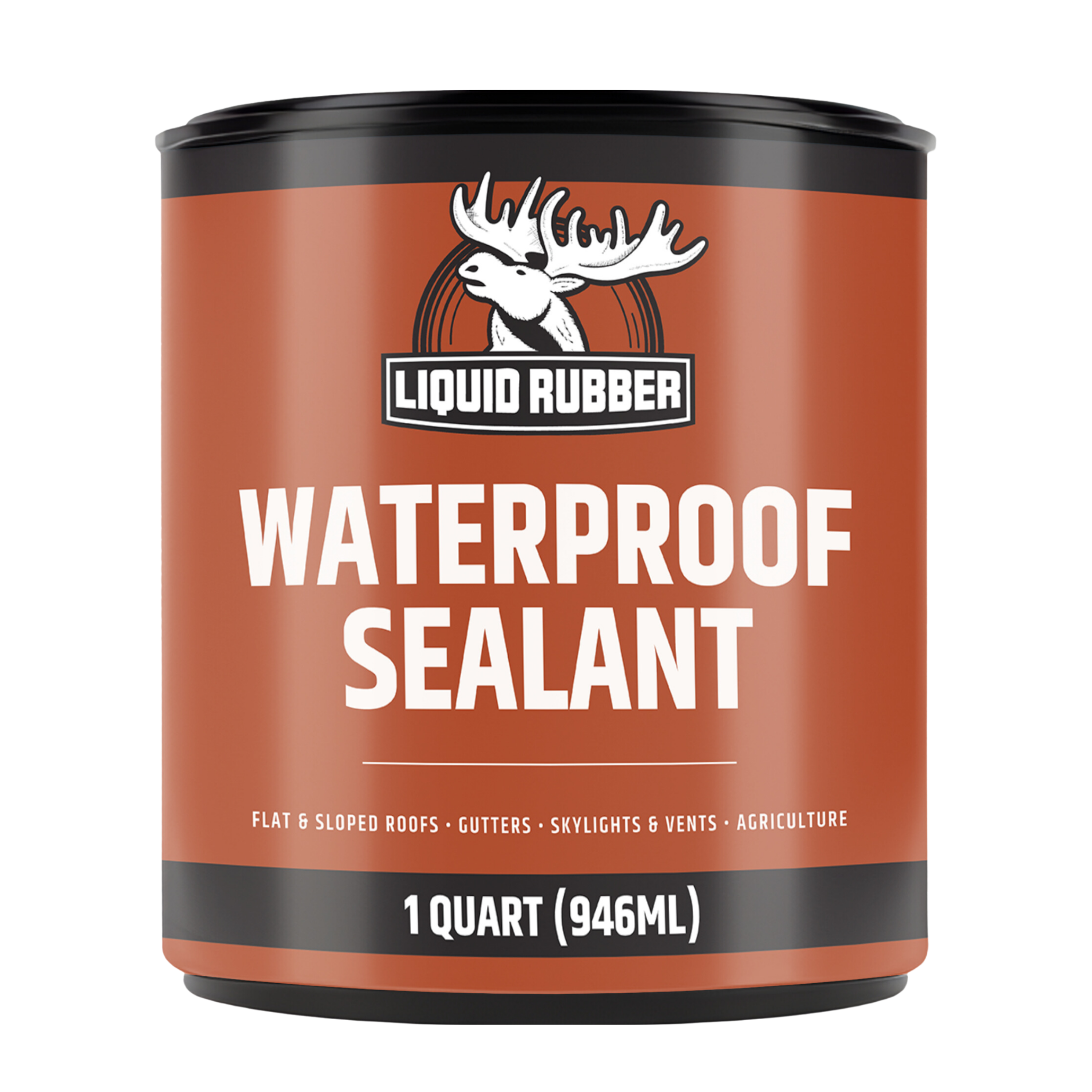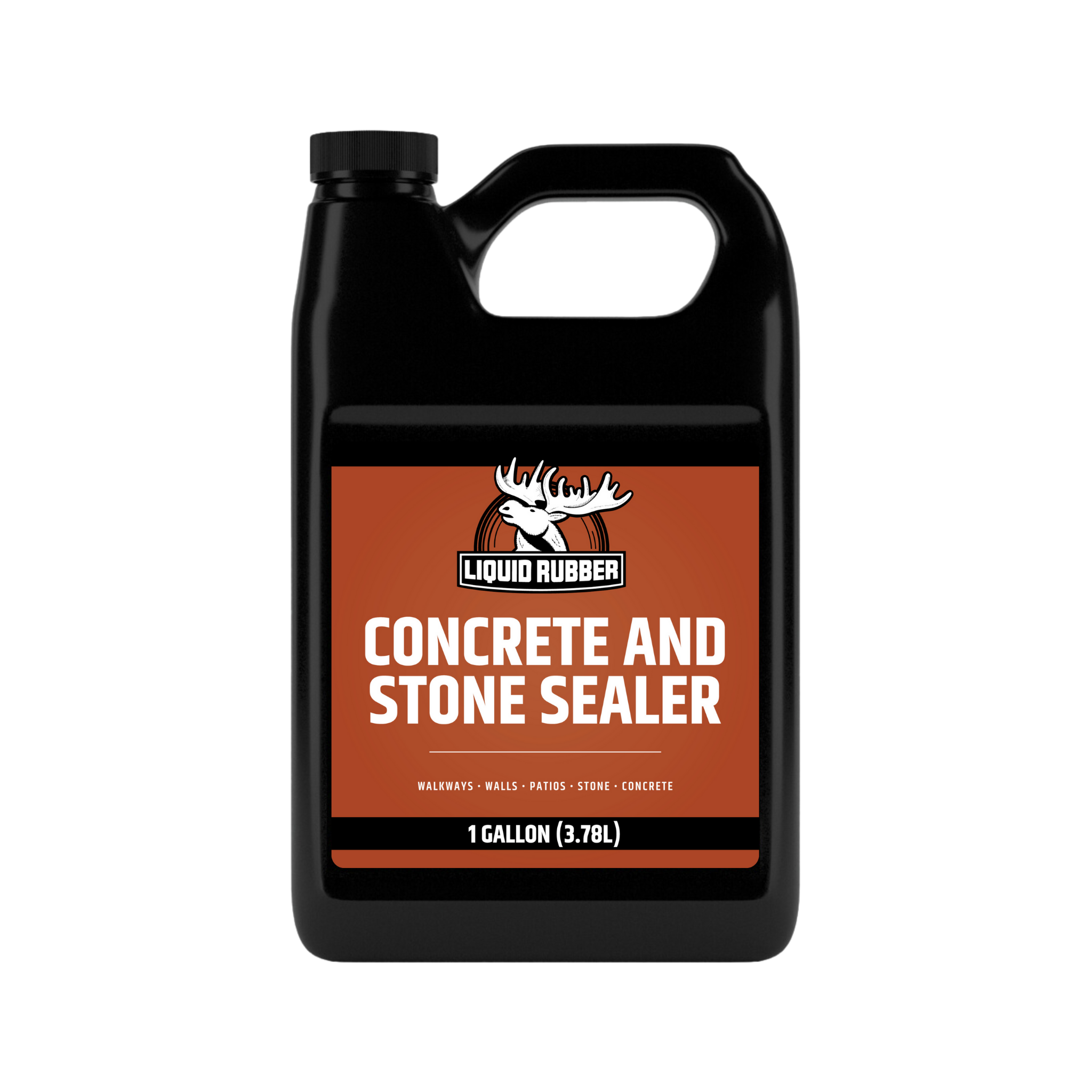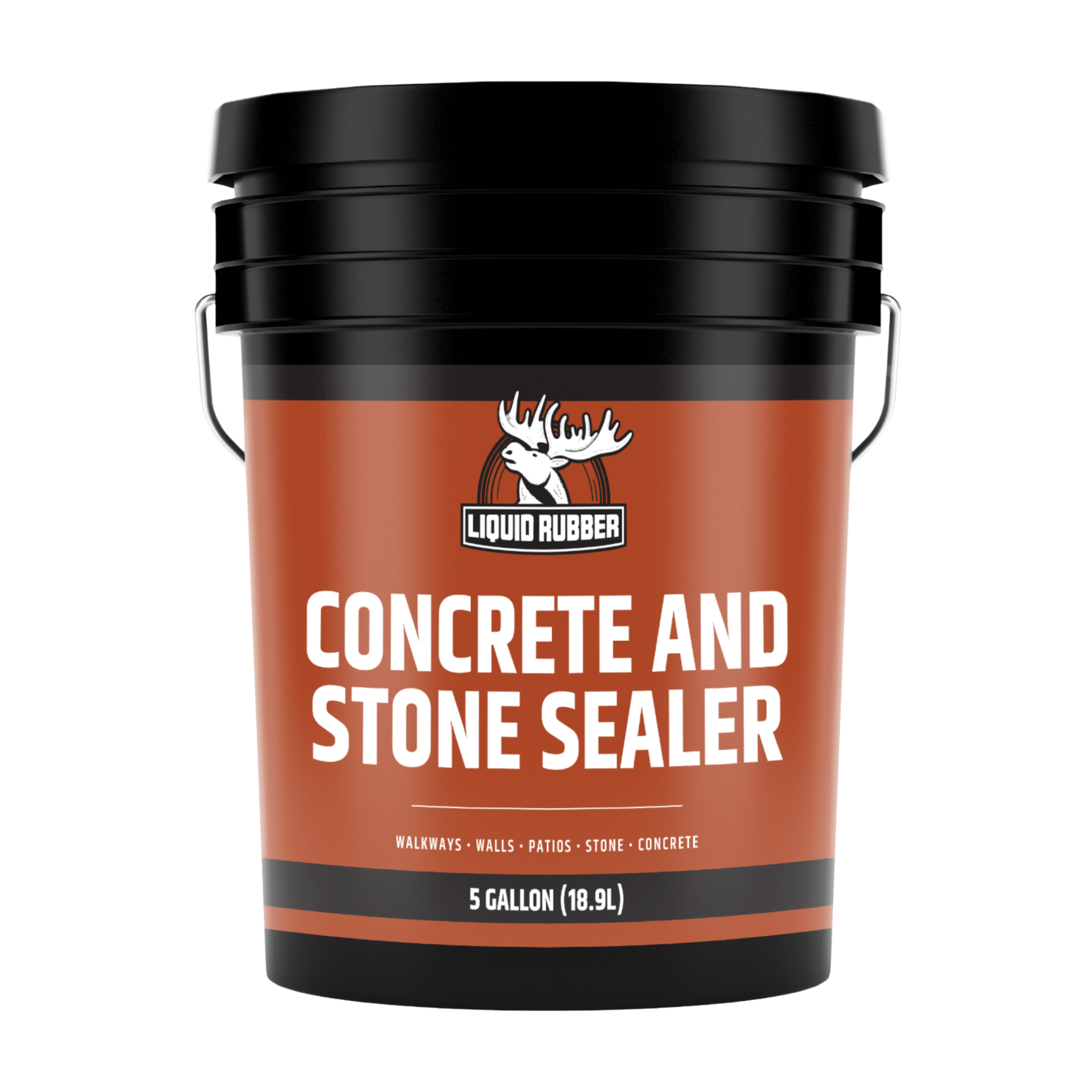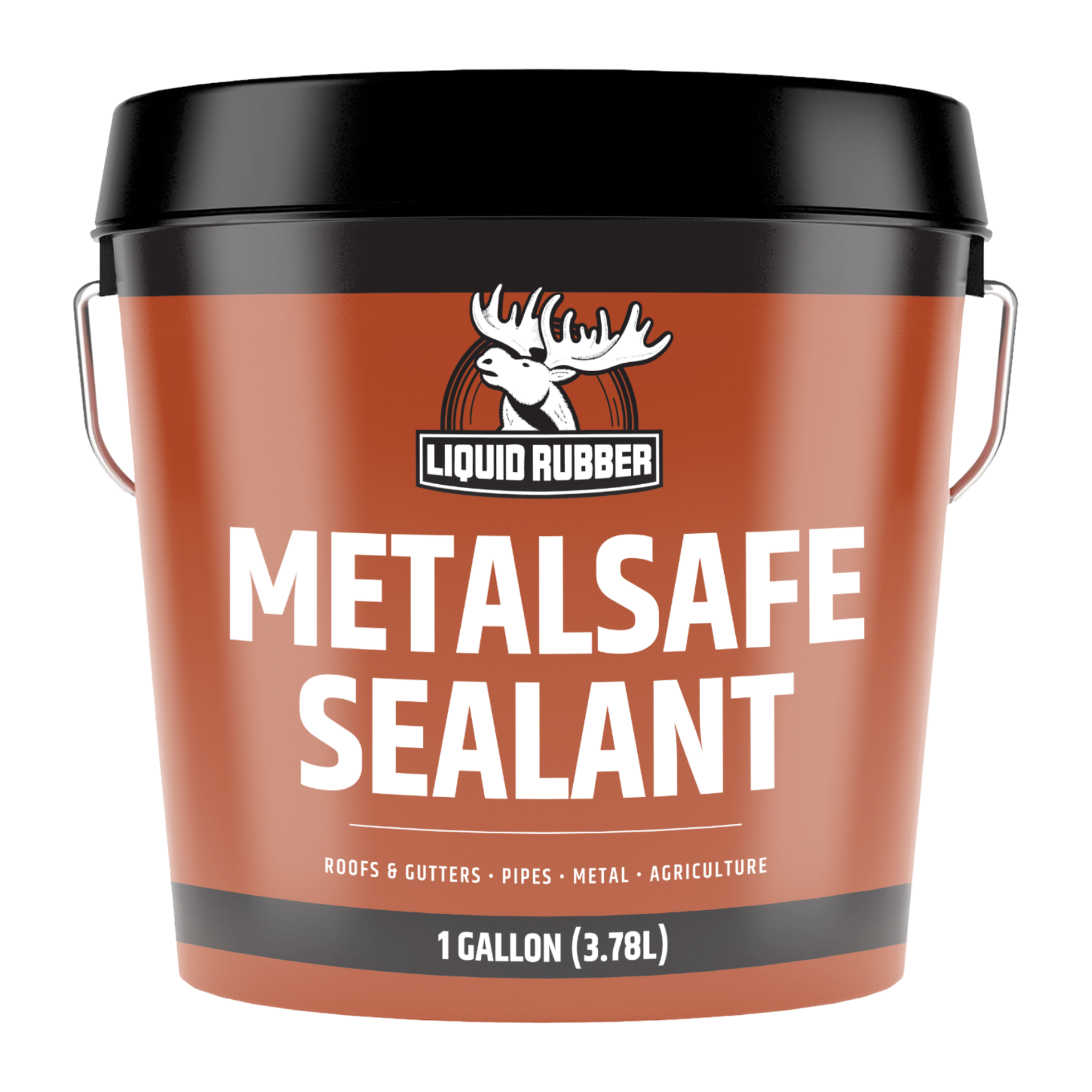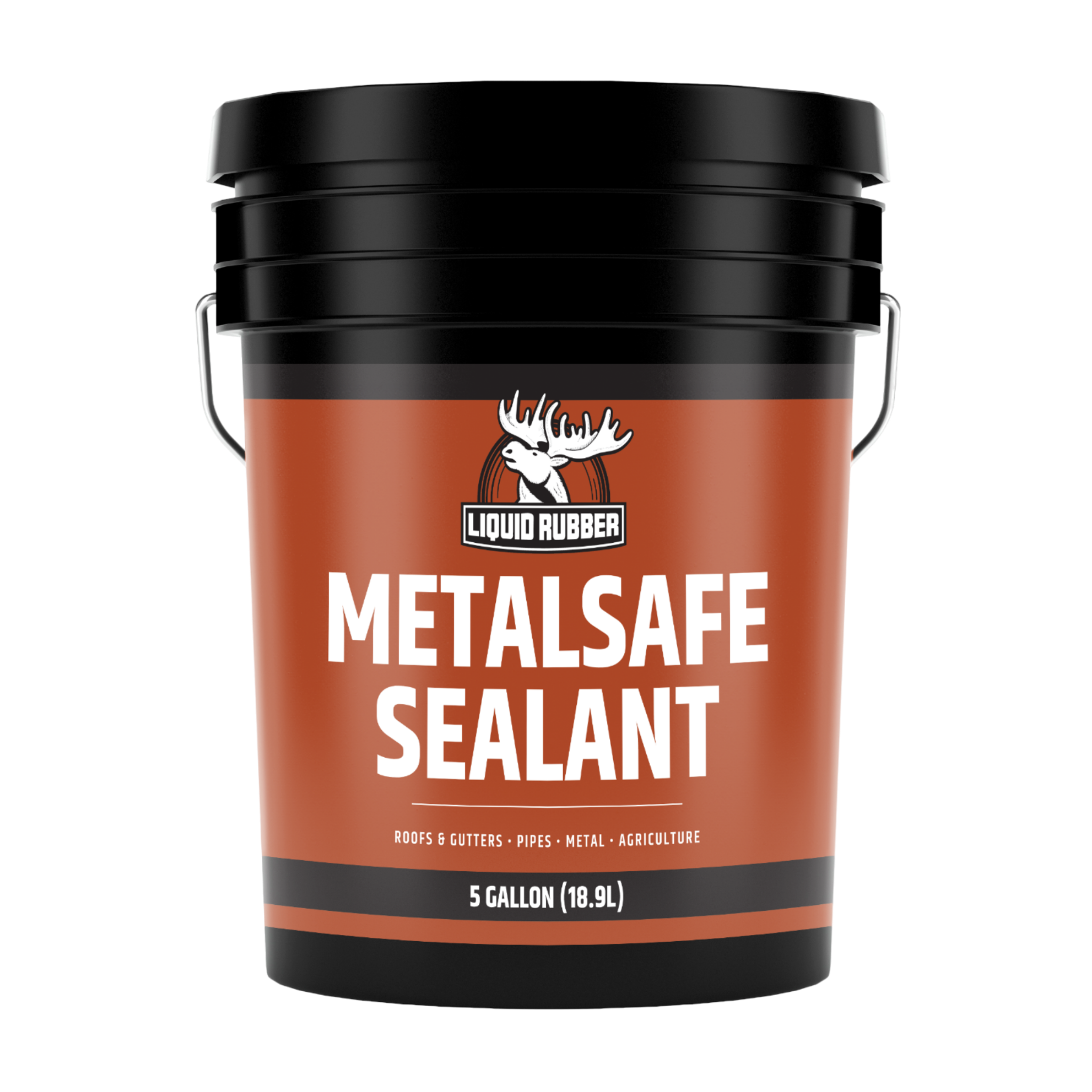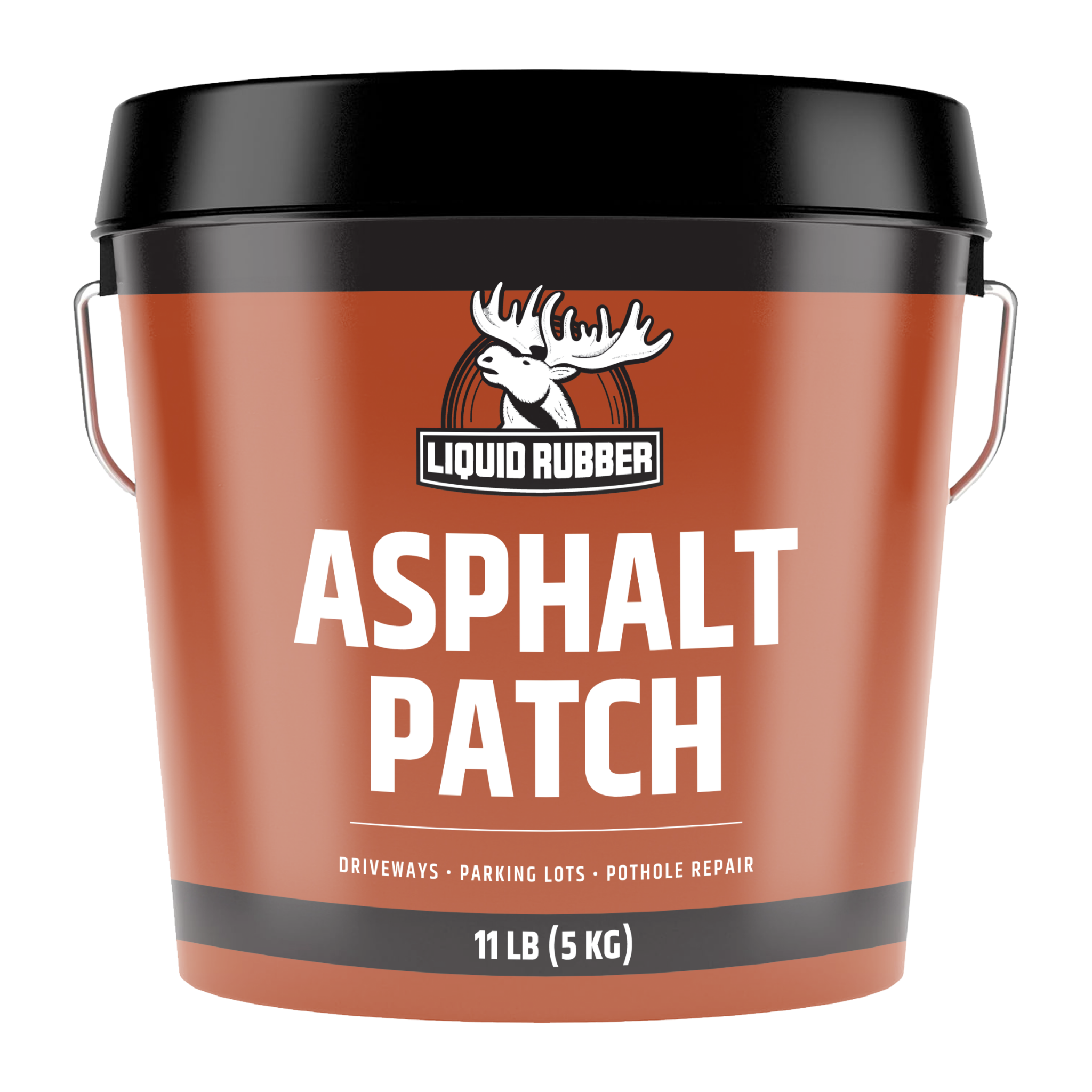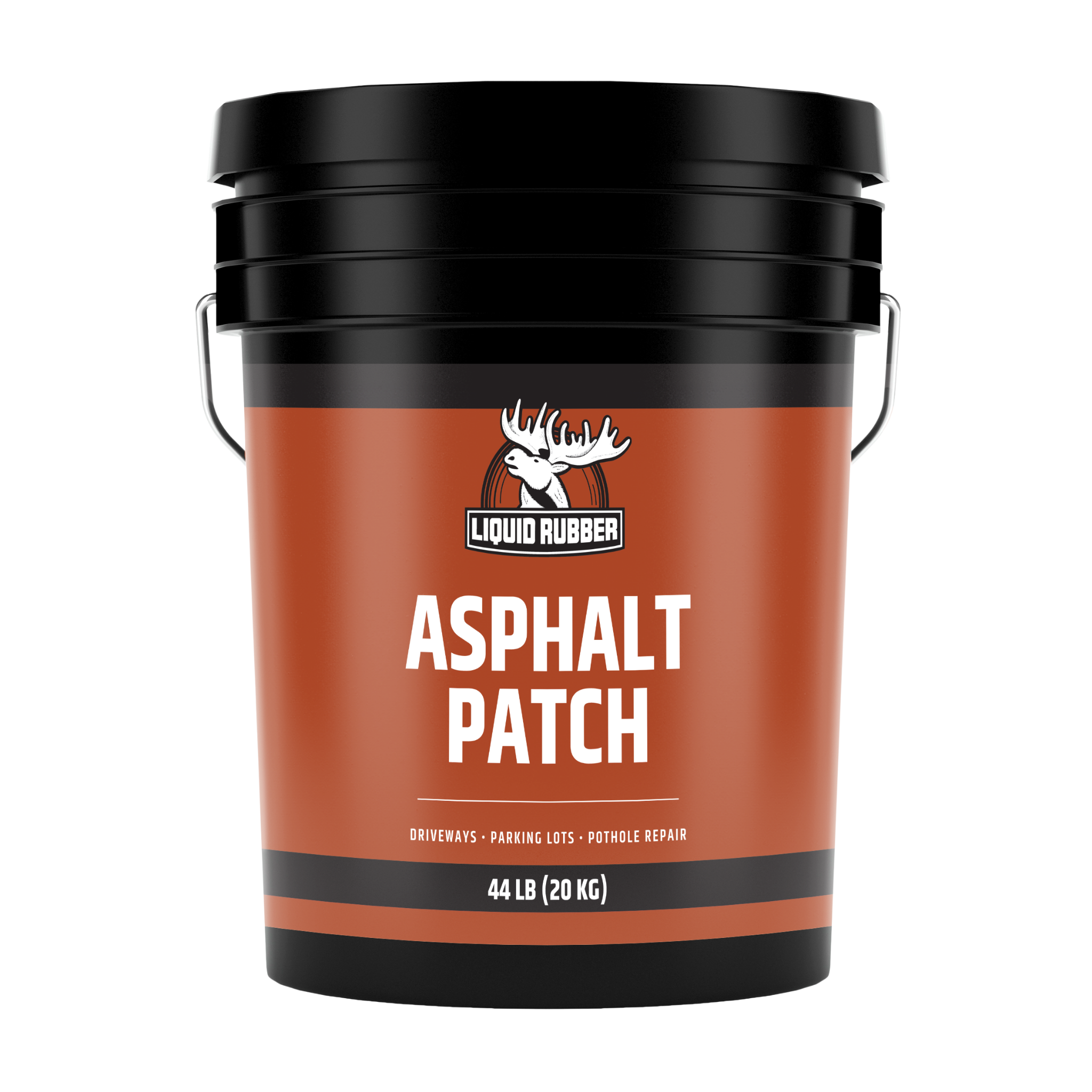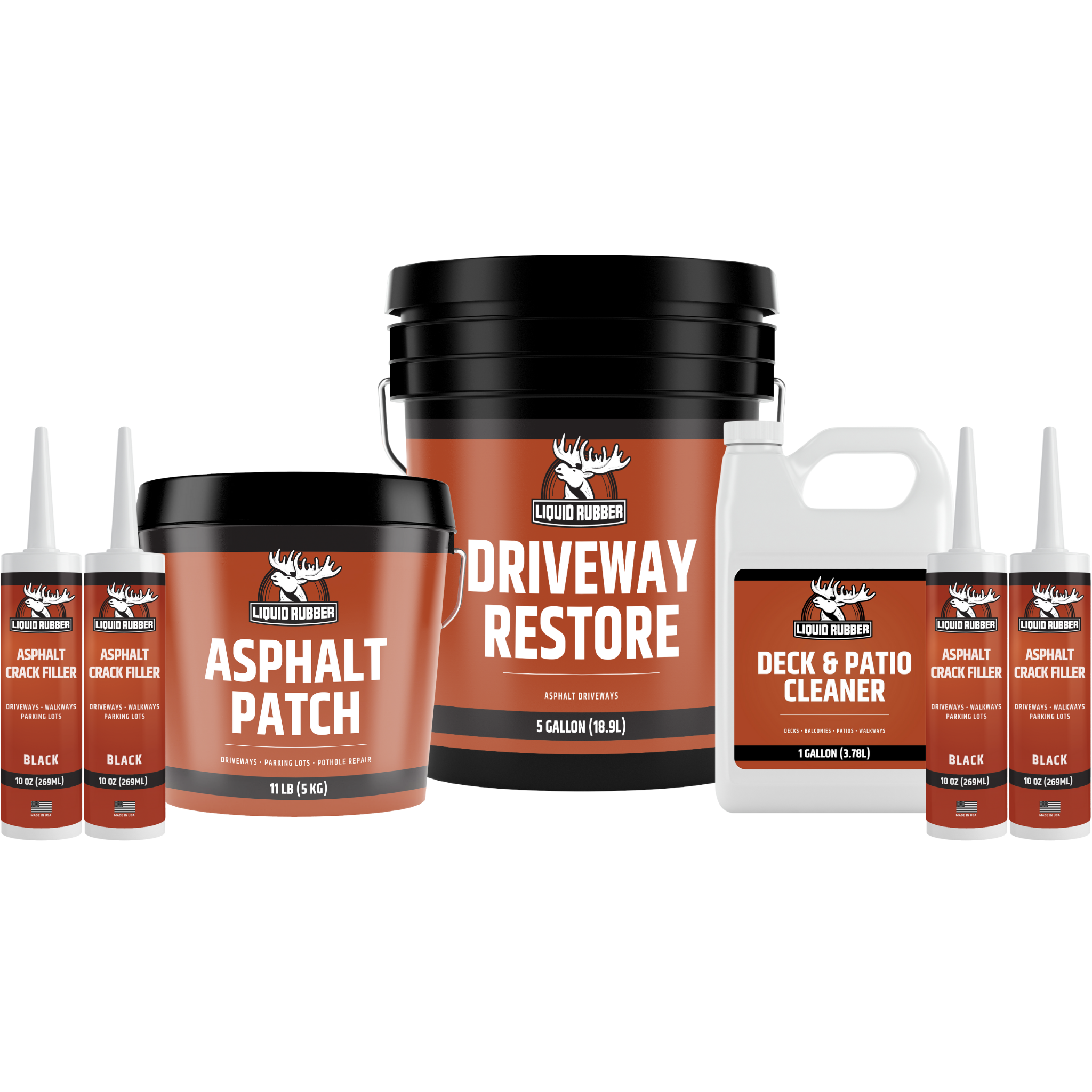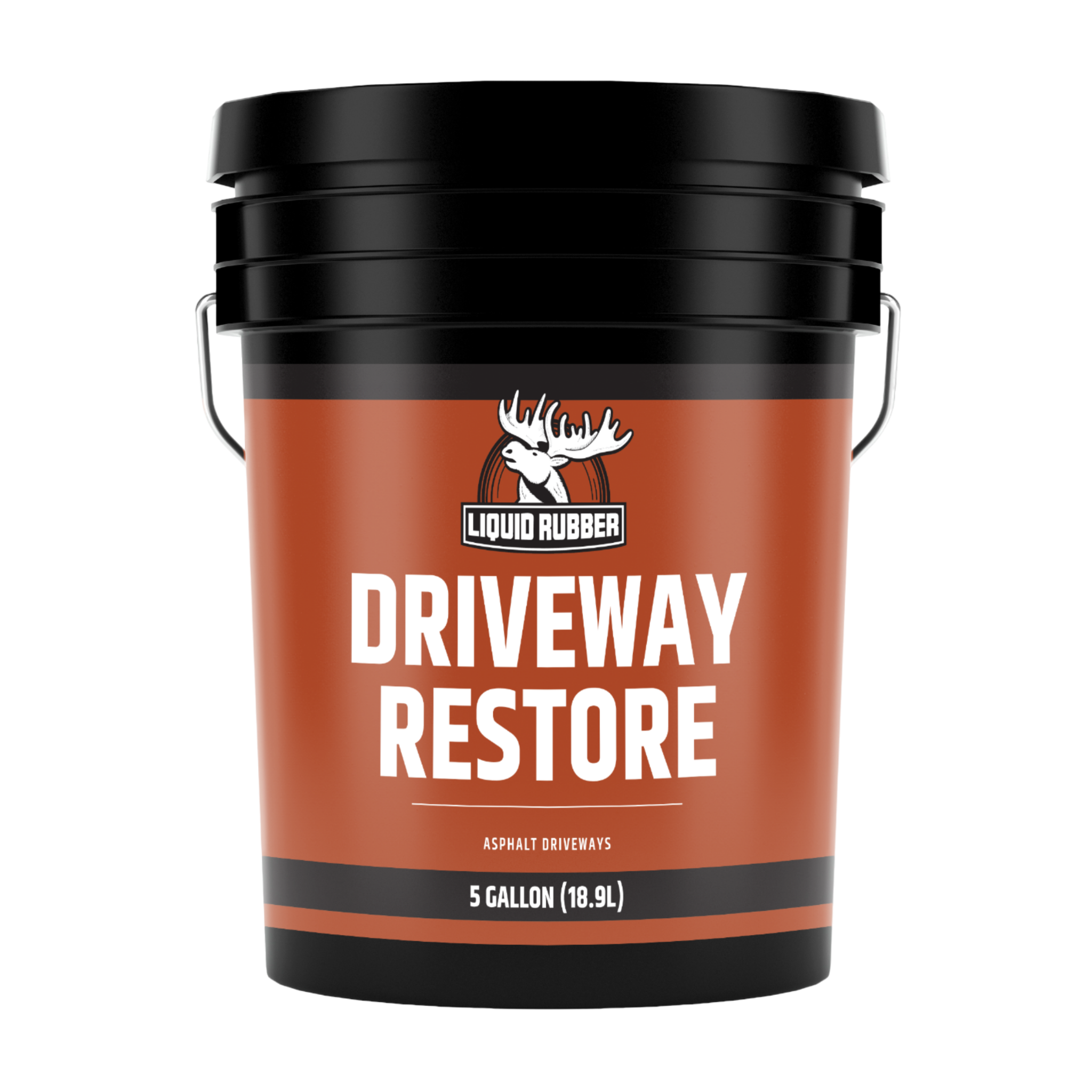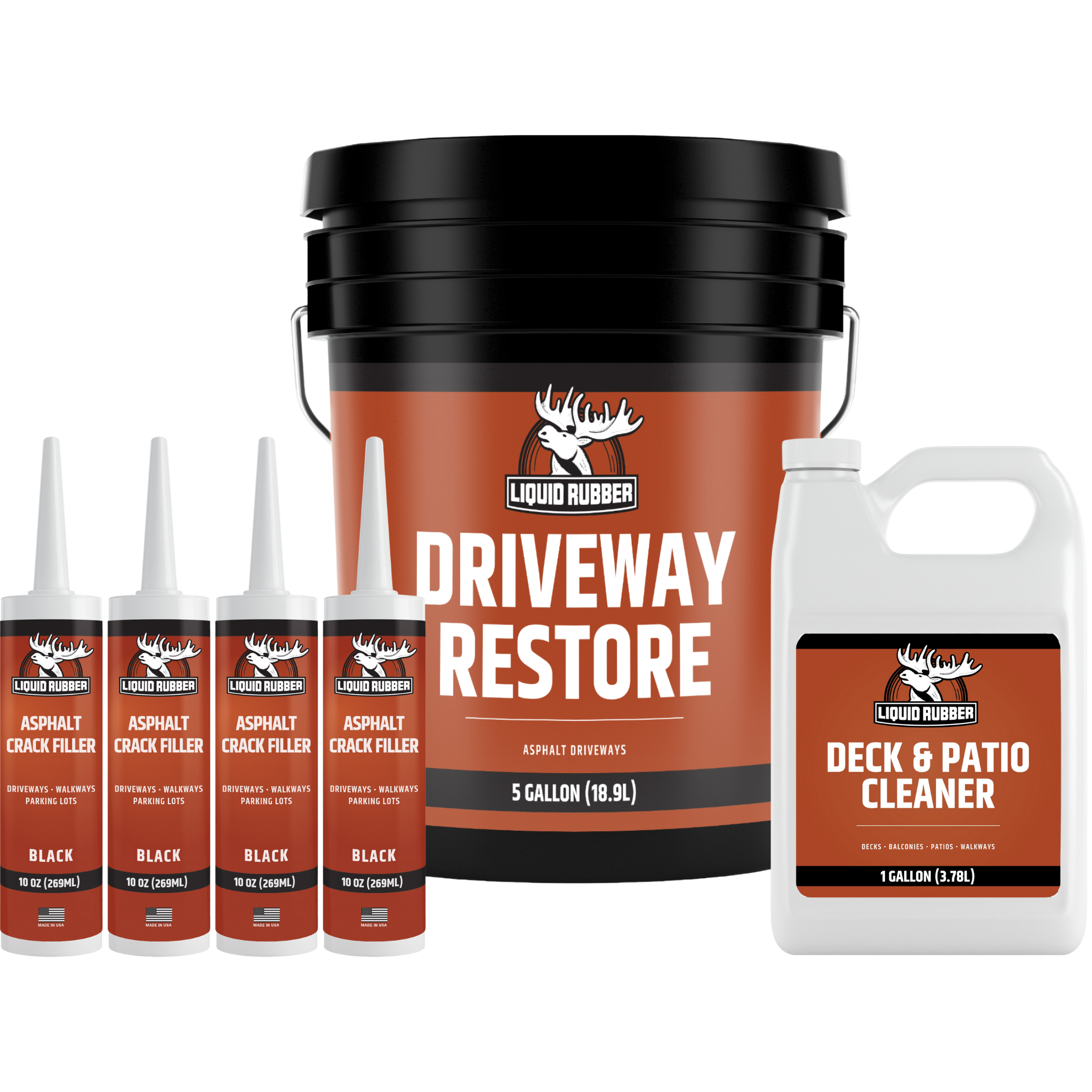About Deck Coating - Polyurethane
Say goodbye to yearly repainting with Liquid Rubber Polyurethane Deck Coating, which is 10X stronger than regular deck paint. This premium deck coating is perfect for all deck types, including wood deck boards, plywood decks, balconies, pool surrounds, fiberglass, vinyl, and concrete.
Offering a Smooth and Textured (for areas you may want more grip) version, in just one weekend, you can turn your deck from awkward to impressive.
So, are you ready to reclaim your backyard and enjoy a stunning, durable deck? Choose Liquid Rubber Polyurethane Deck Coating and transform your outdoor space today!


Find your deck products below and add to cart.
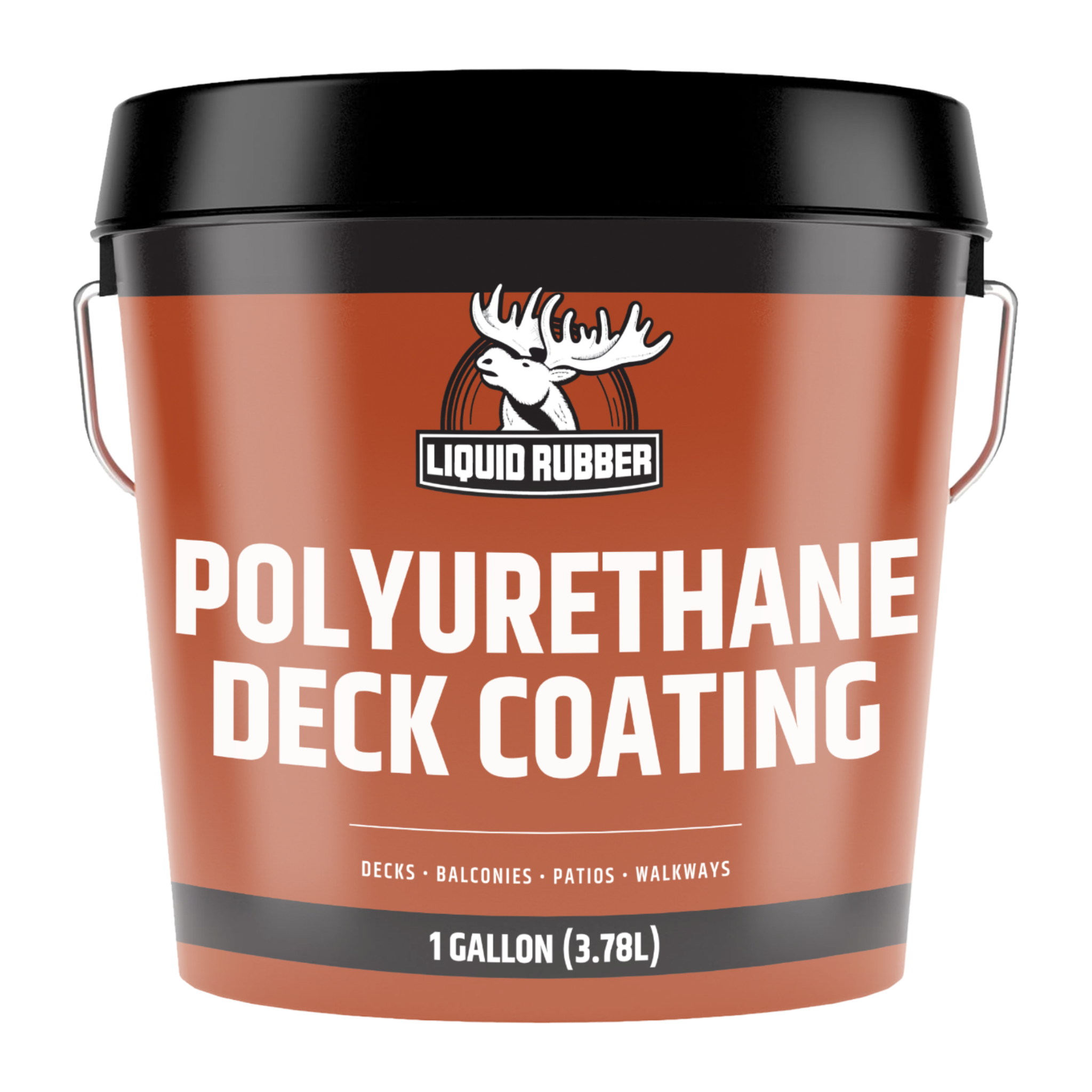
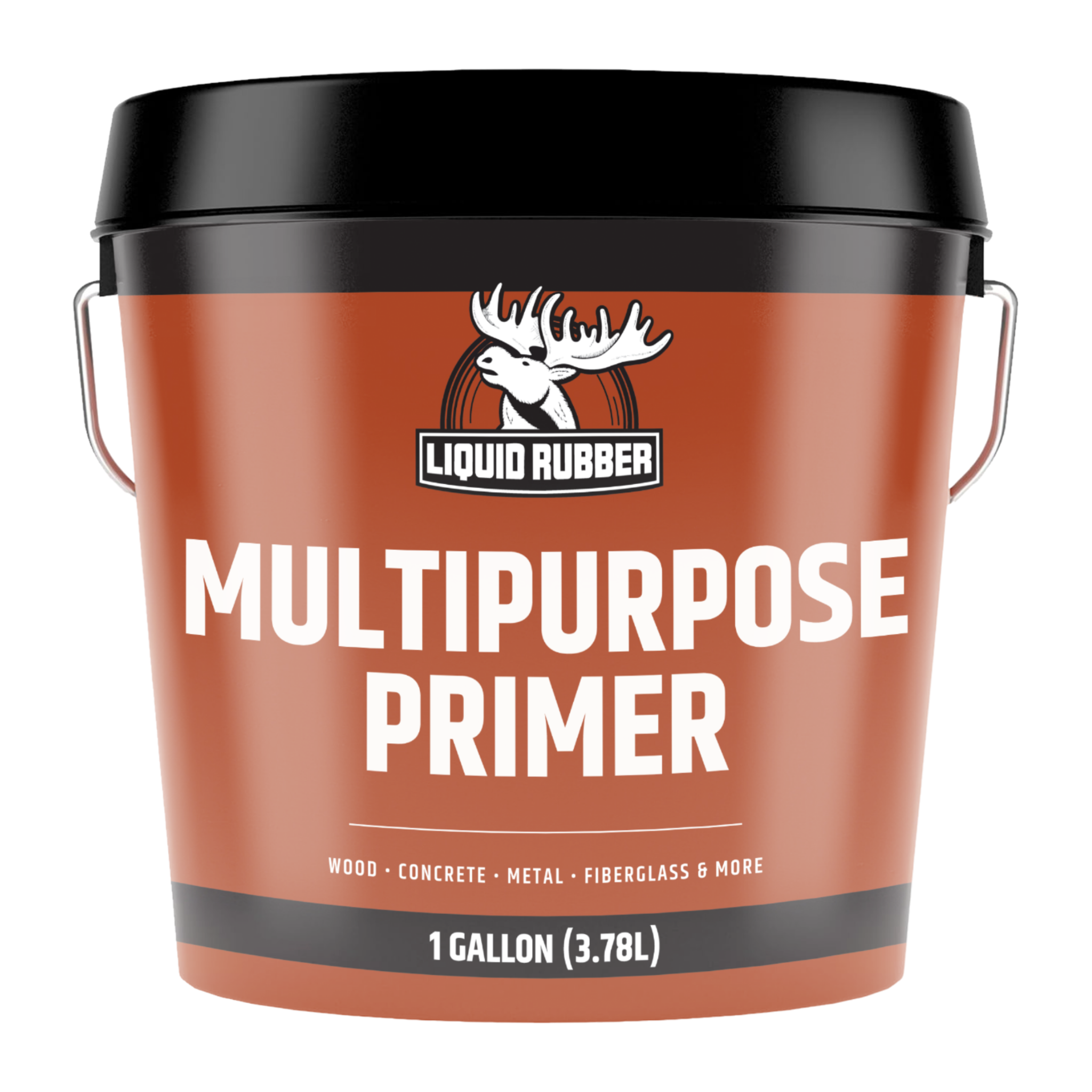
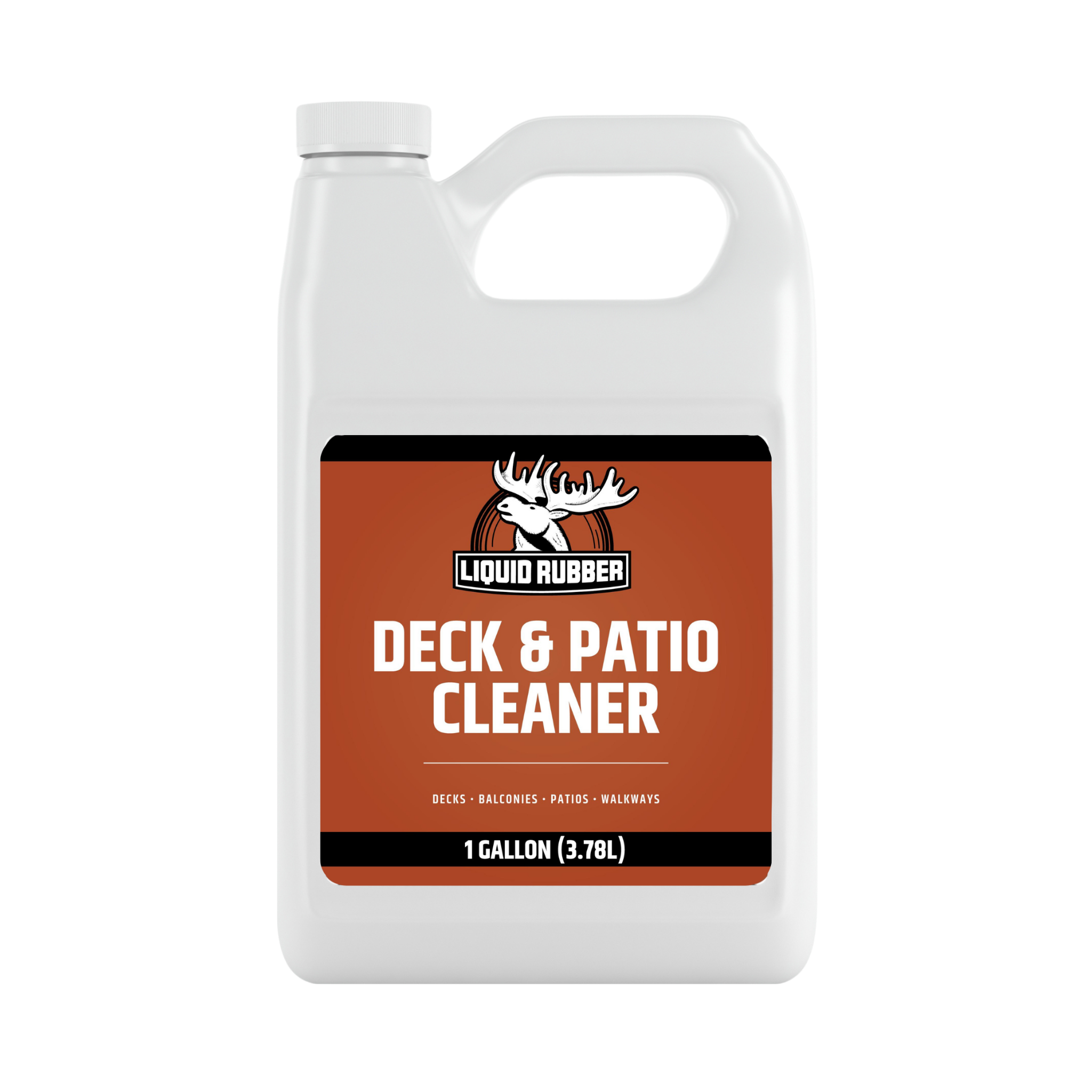
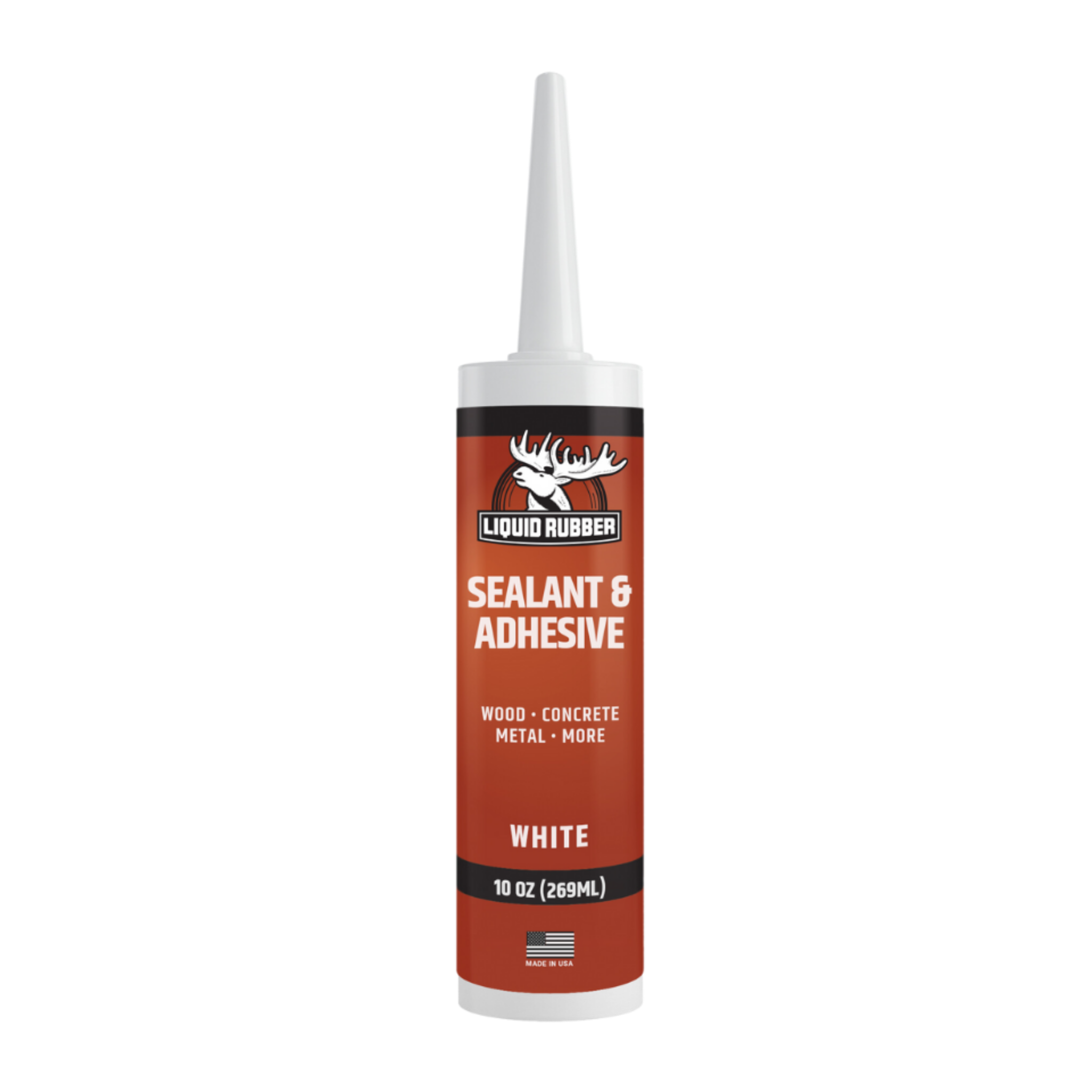




Real customers using Polyurethane Deck Coating






How to Apply Polyurethane Deck Coating
Essential Resources for Your Project
-
 Application Guide
Decks & Balconies
Detailed steps to complete your project.
Application Guide
Decks & Balconies
Detailed steps to complete your project. -
 Product Supply Checklist
Make sure you have everything before you start.
Product Supply Checklist
Make sure you have everything before you start. -
 Safety Data Sheet
Polyurethane Deck Coating Smooth
Stay informed and safe throughout your project.
Safety Data Sheet
Polyurethane Deck Coating Smooth
Stay informed and safe throughout your project. -
 Safety Data Sheet
Polyurethane Deck Coating Textured
Stay informed and safe throughout your project.
Safety Data Sheet
Polyurethane Deck Coating Textured
Stay informed and safe throughout your project. -
 Technical Data Sheet
Polyurethane Deck Coating Smooth
Get the technical details you need.
Technical Data Sheet
Polyurethane Deck Coating Smooth
Get the technical details you need. -
 Technical Data Sheet
Polyurethane Deck Coating Textured
Get the technical details you need.
Technical Data Sheet
Polyurethane Deck Coating Textured
Get the technical details you need. -
 Coverage
Polyurethane Deck Coating
Coverage
Polyurethane Deck Coating
Project Steps
-
Identify Your Surface
-
Pick The Right Products
-
Prepare The Area
-
Detail Work
-
Apply the Coating
-
Weather & When To Apply
-
Your Workspace
-
Helpful Tips
Polyurethane Deck Coating Gallery

Questions about Polyurethane Deck Coating
-
Can I go over old paint?
-
Do I need a Primer when using Polyurethane Deck Coating?
-
How long does it take to get my order once I have placed it?
-
Can I get a First Purchase discount?
Our team of experts are standing by to help make sure your project is a success.
-
Free Shipping Over $49.95
-
Free Returns
-
3 Year Warranty
-
Over 1 Million Gallons Sold











